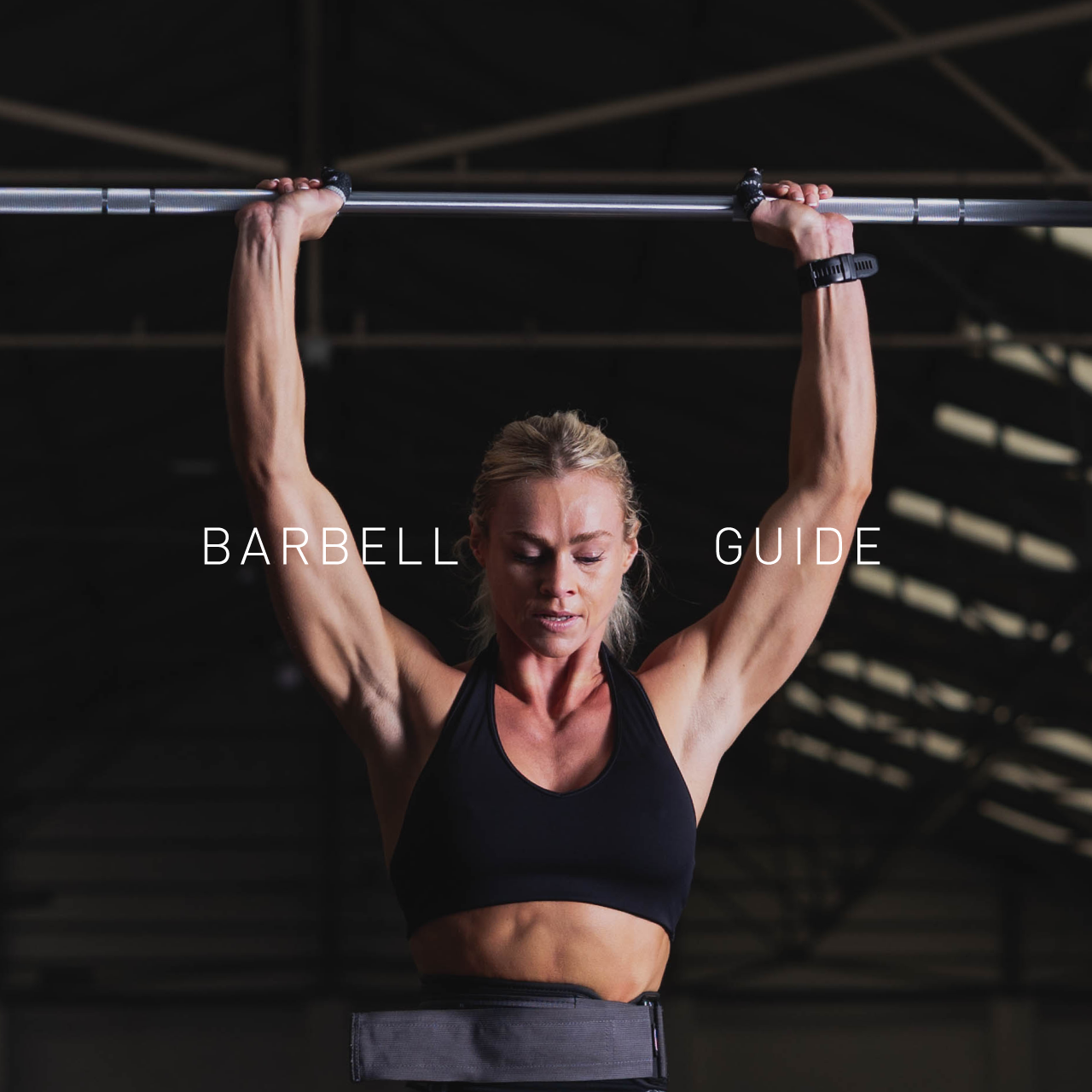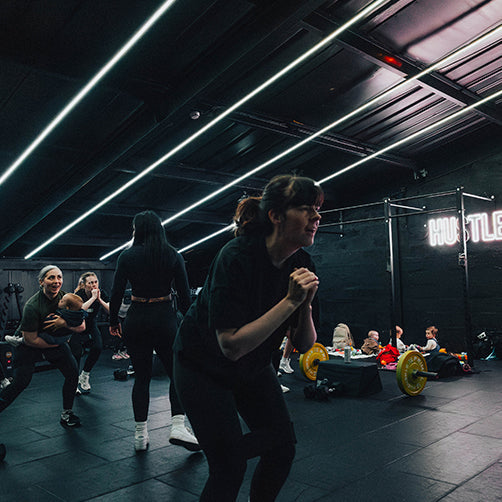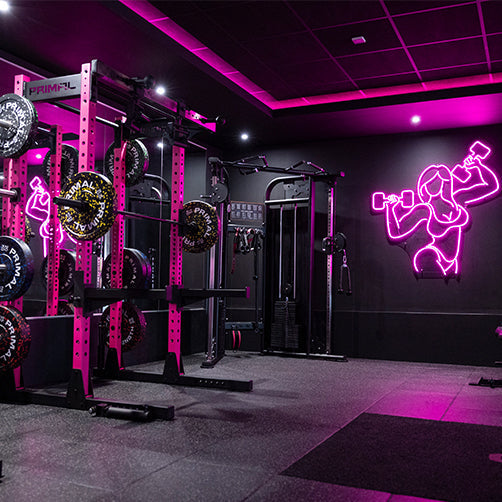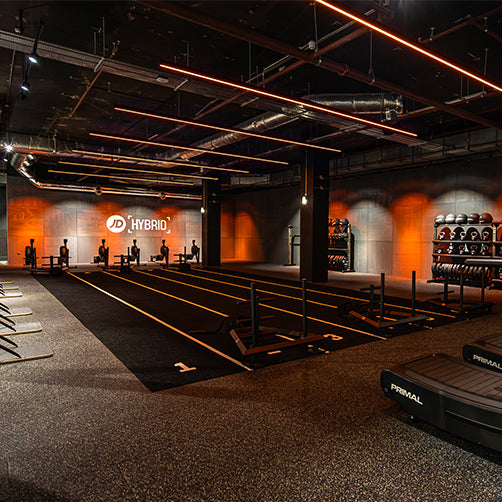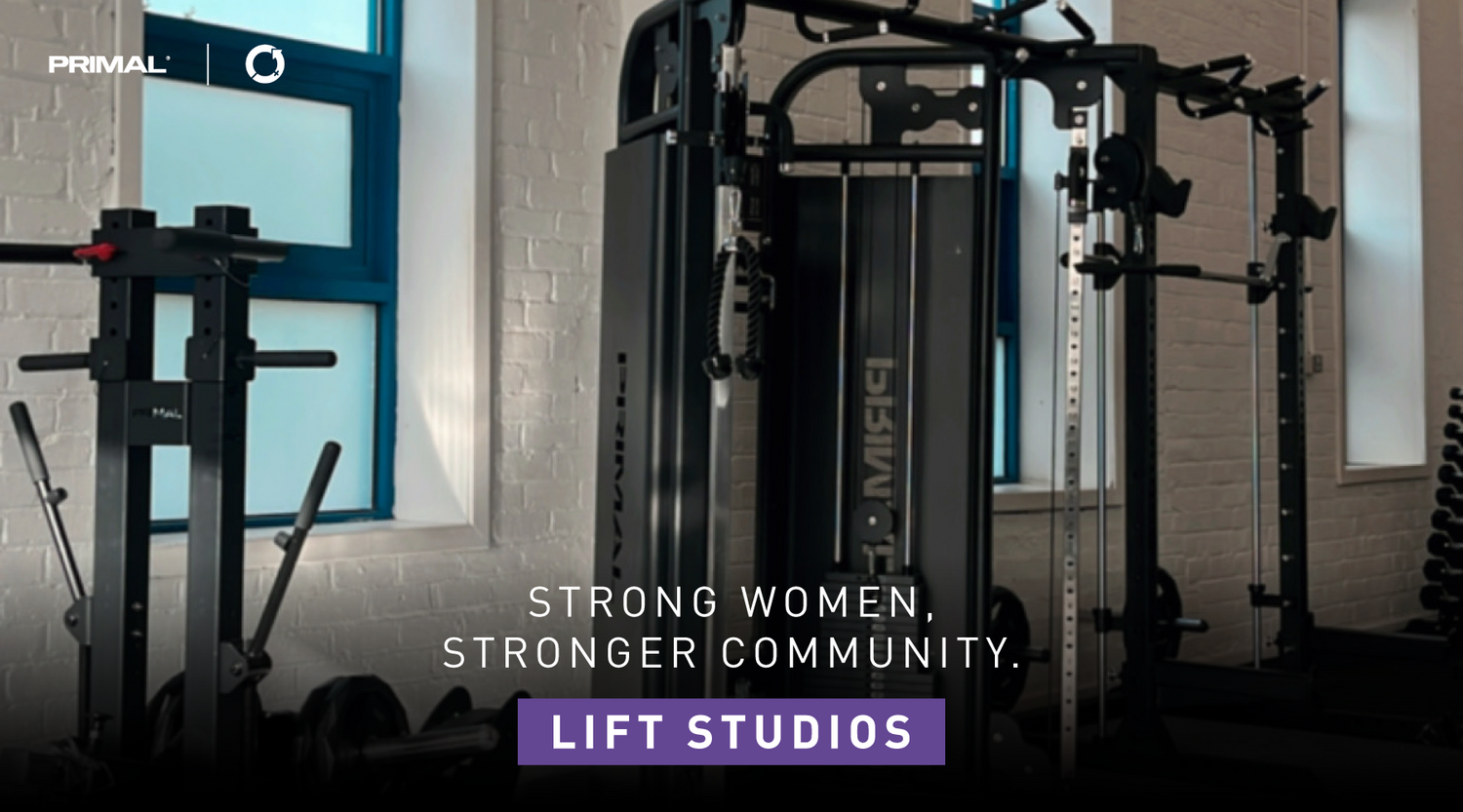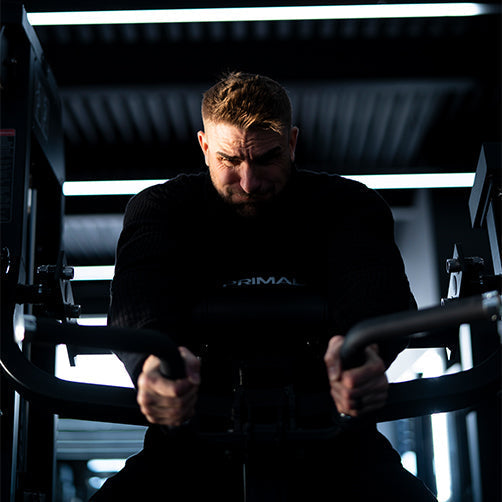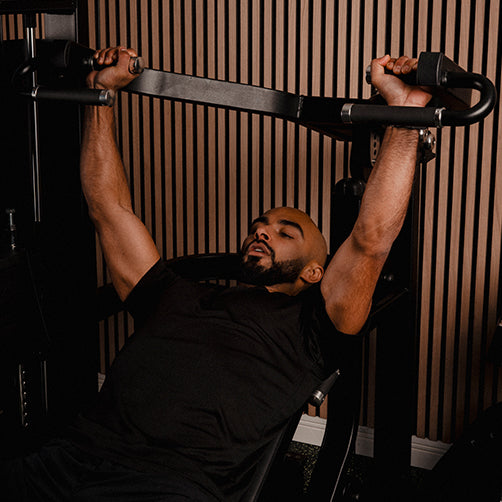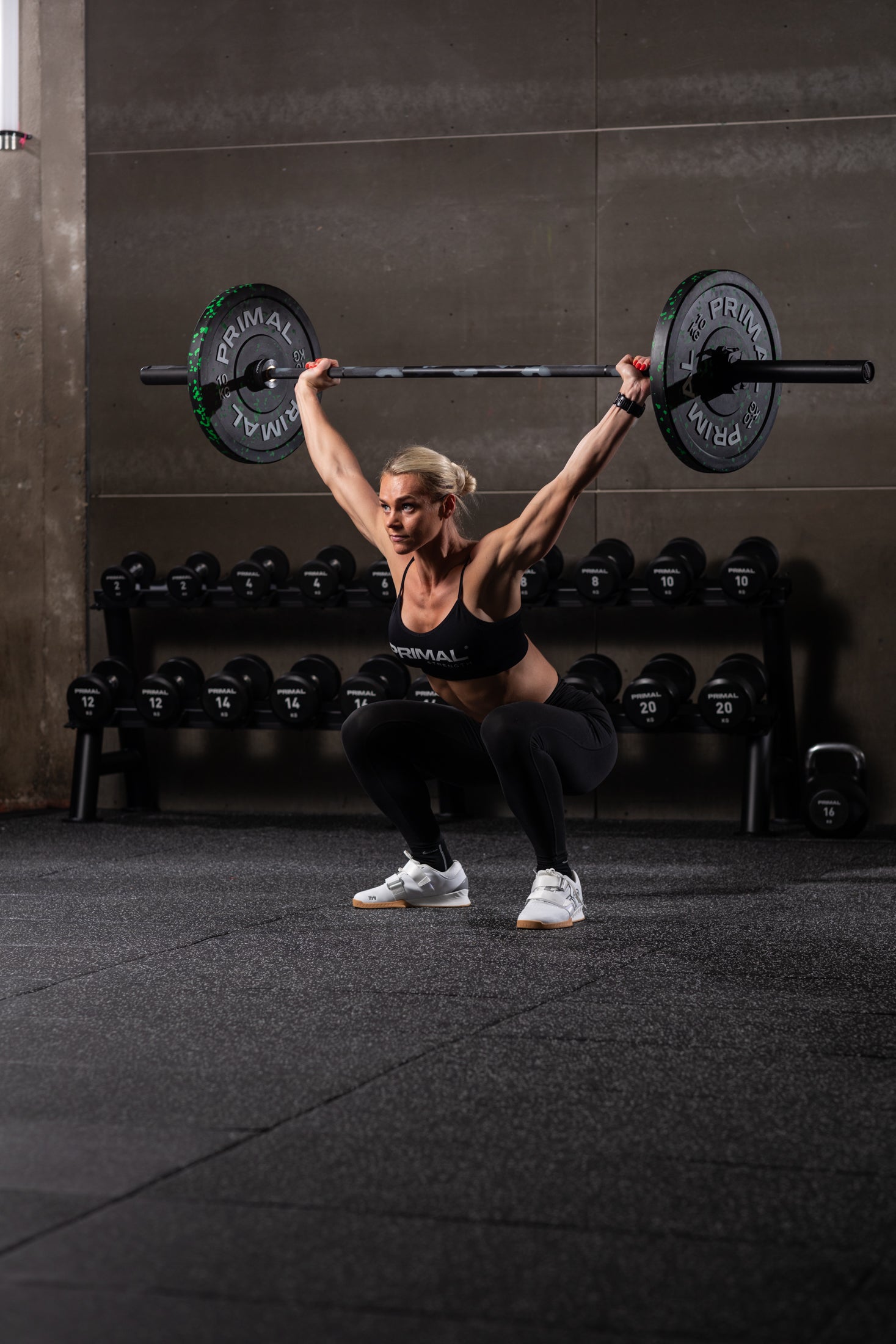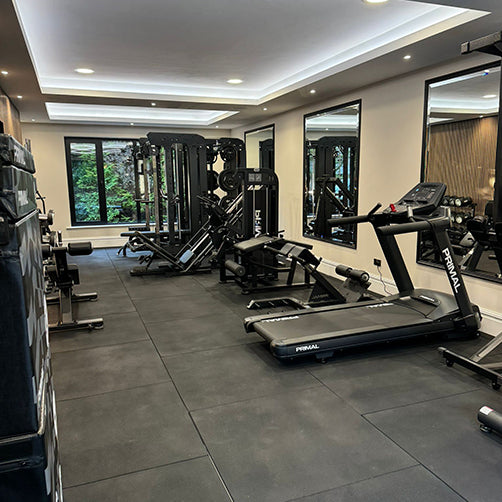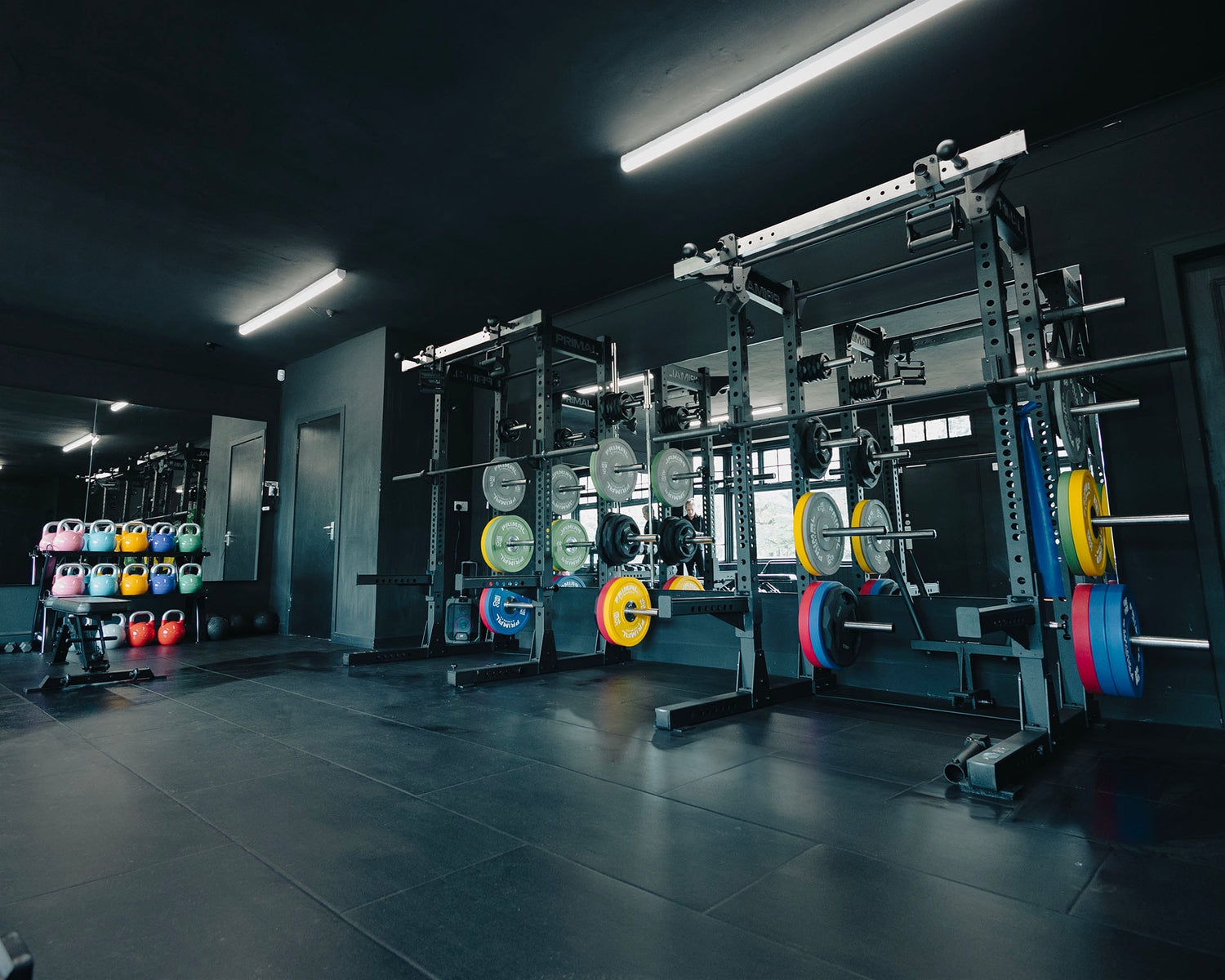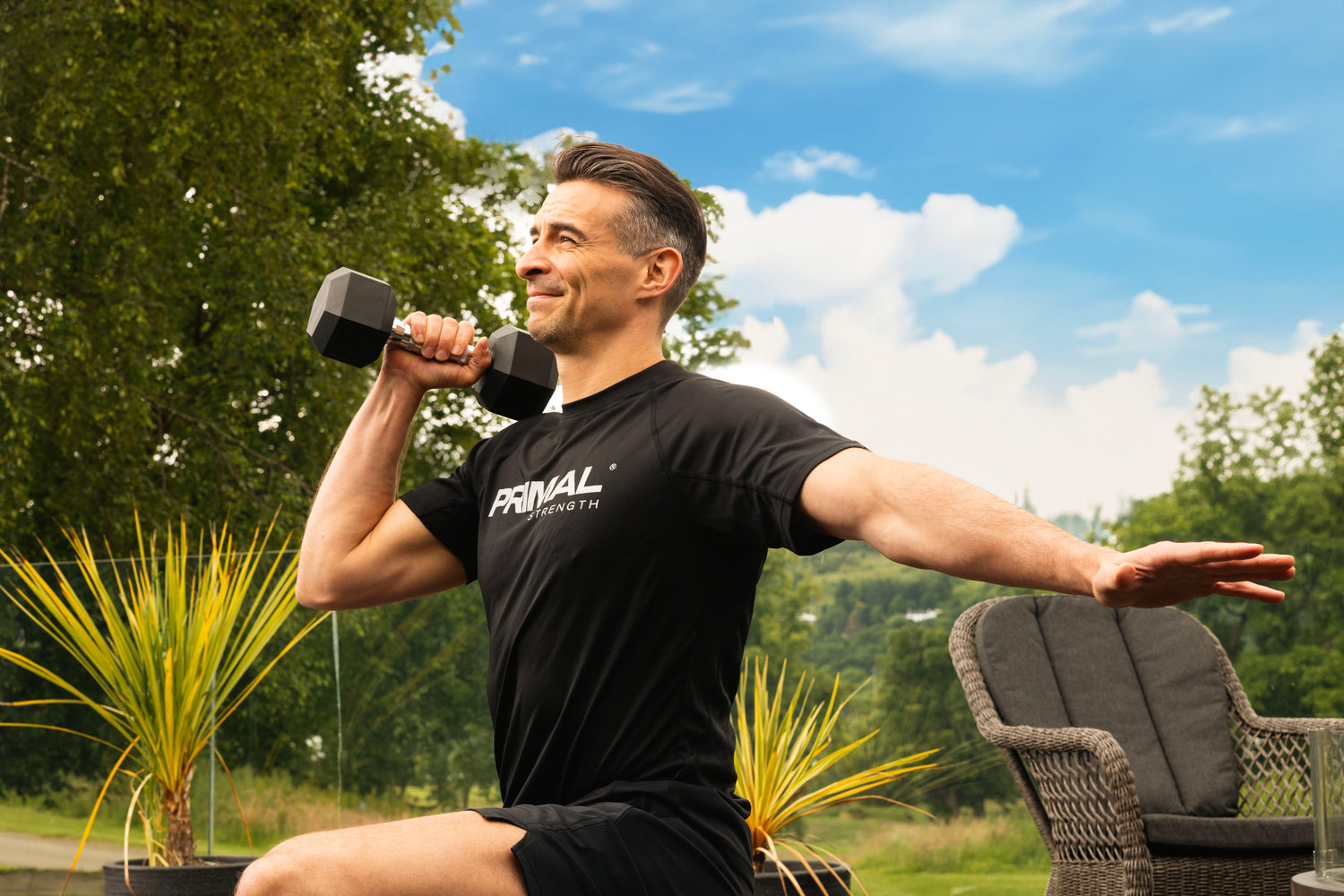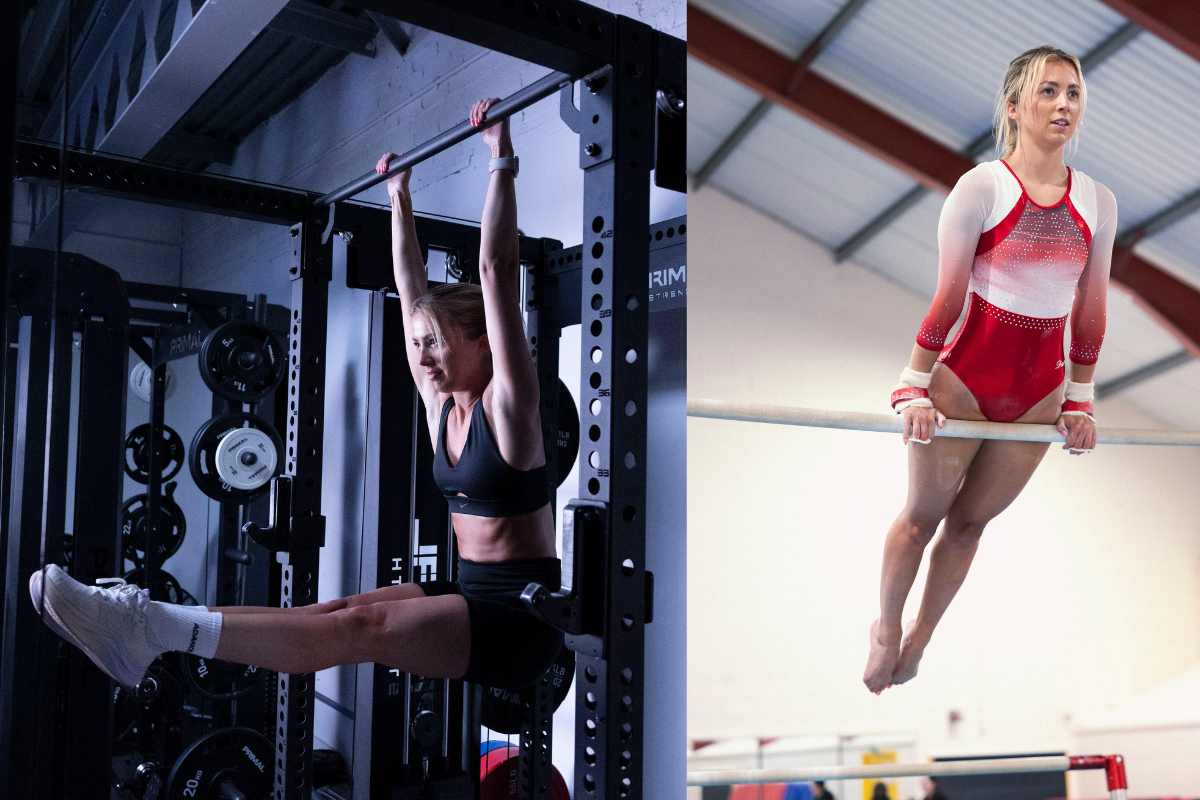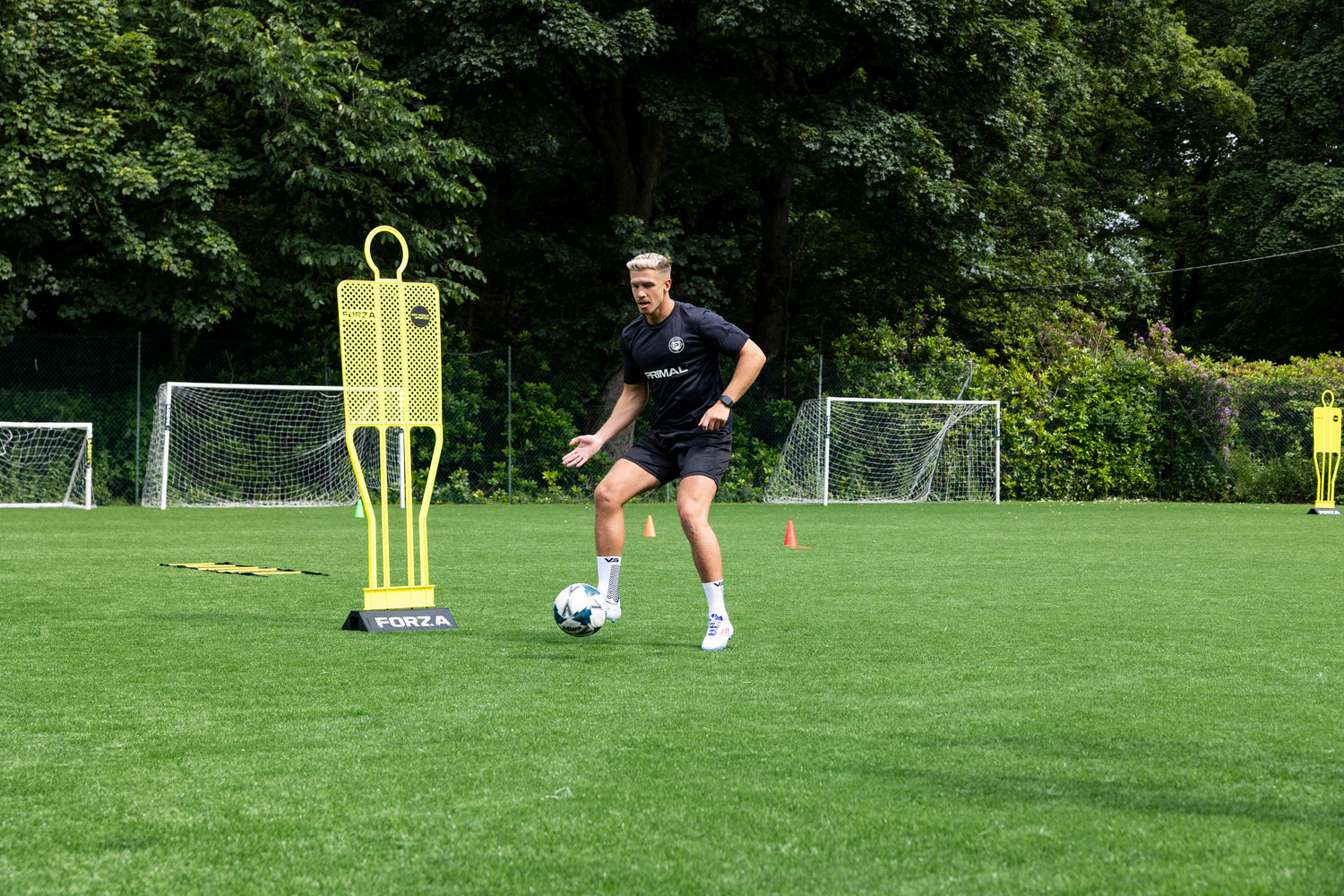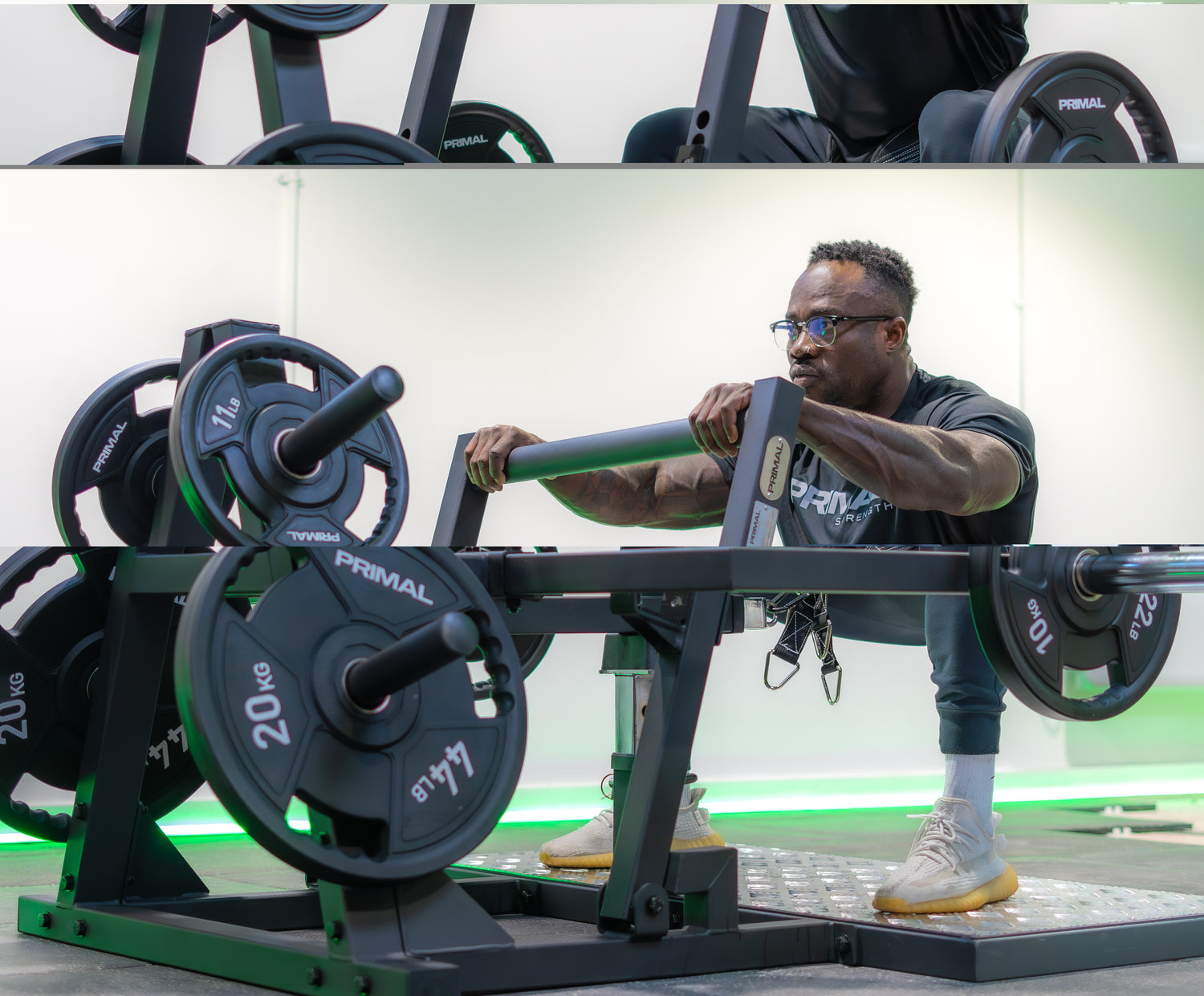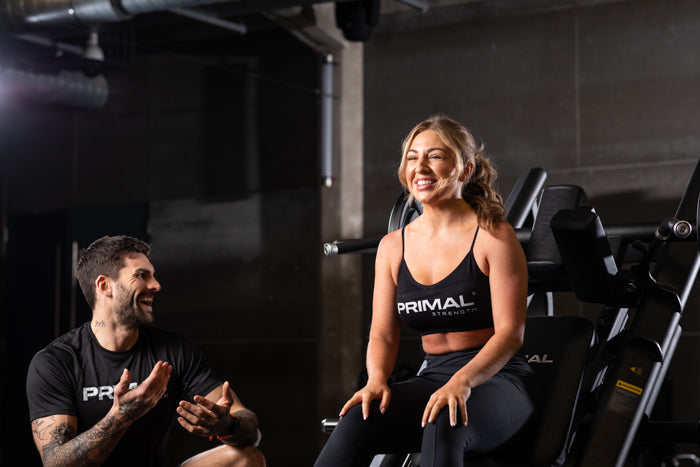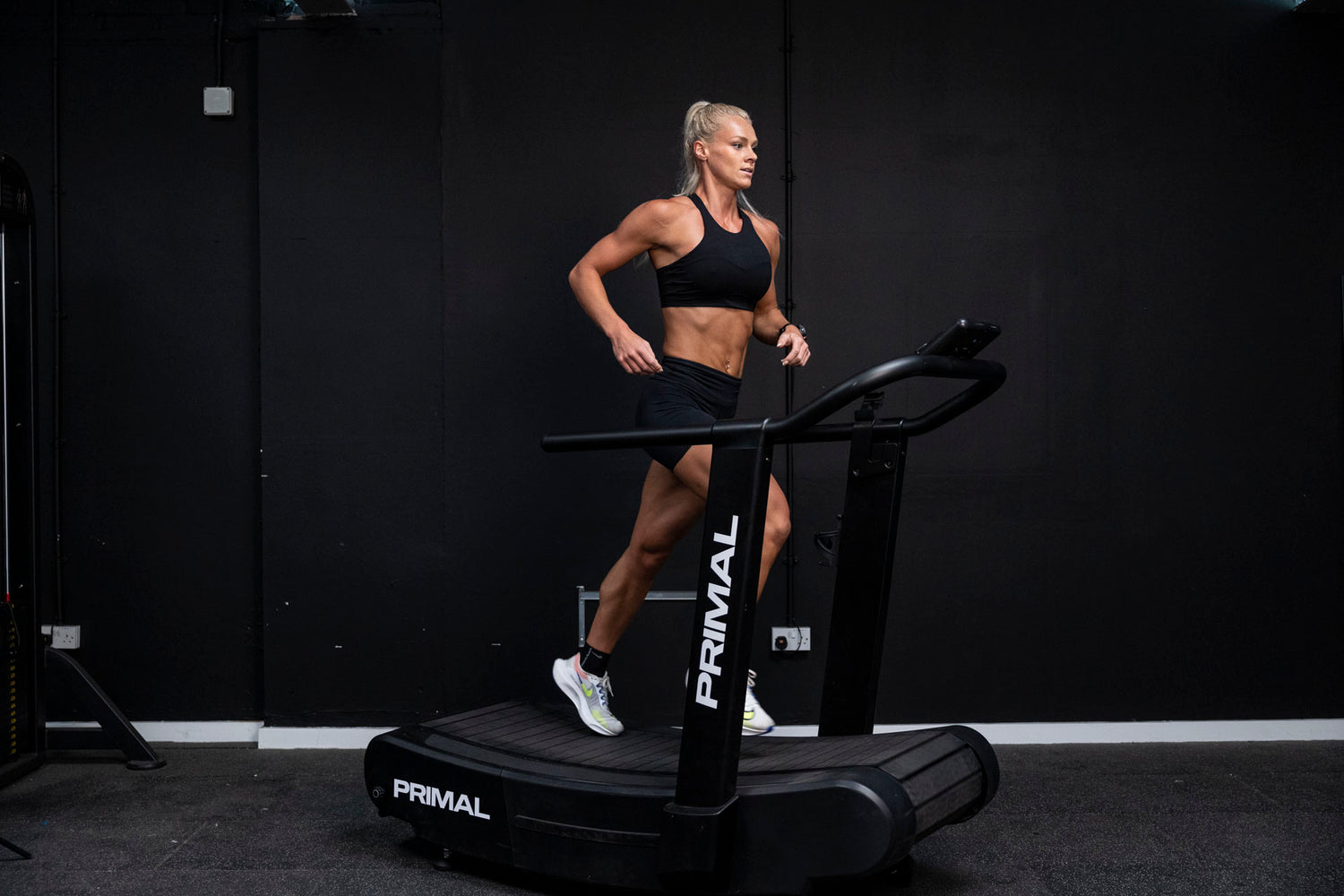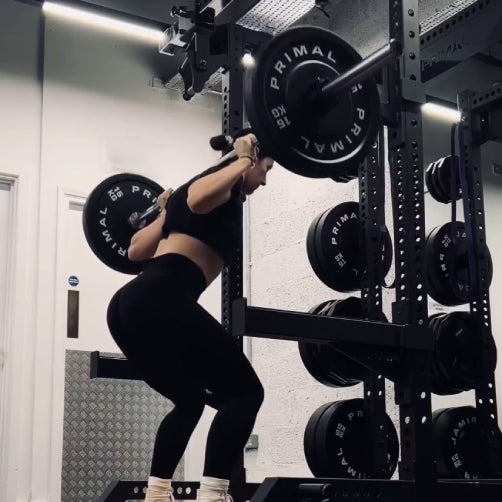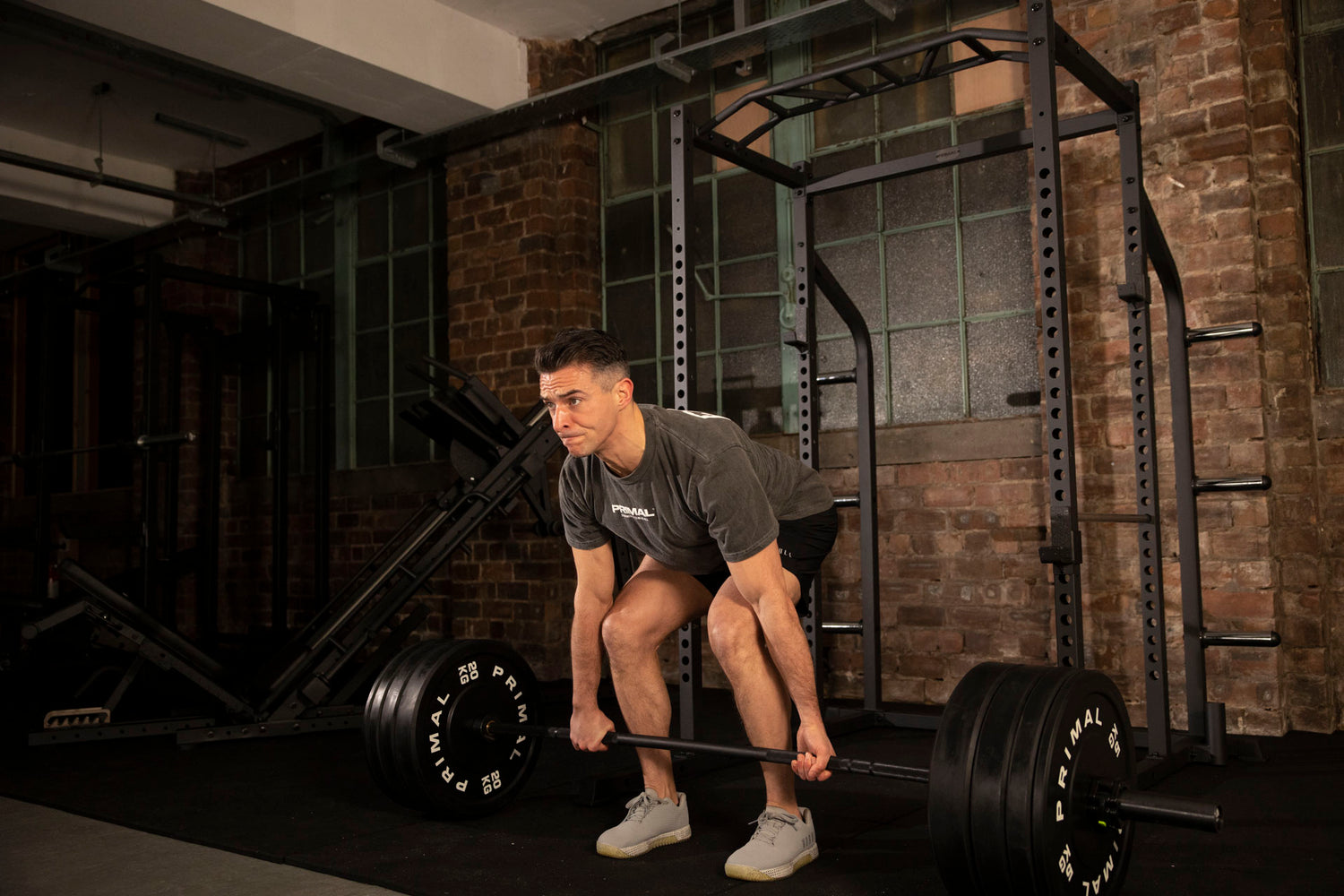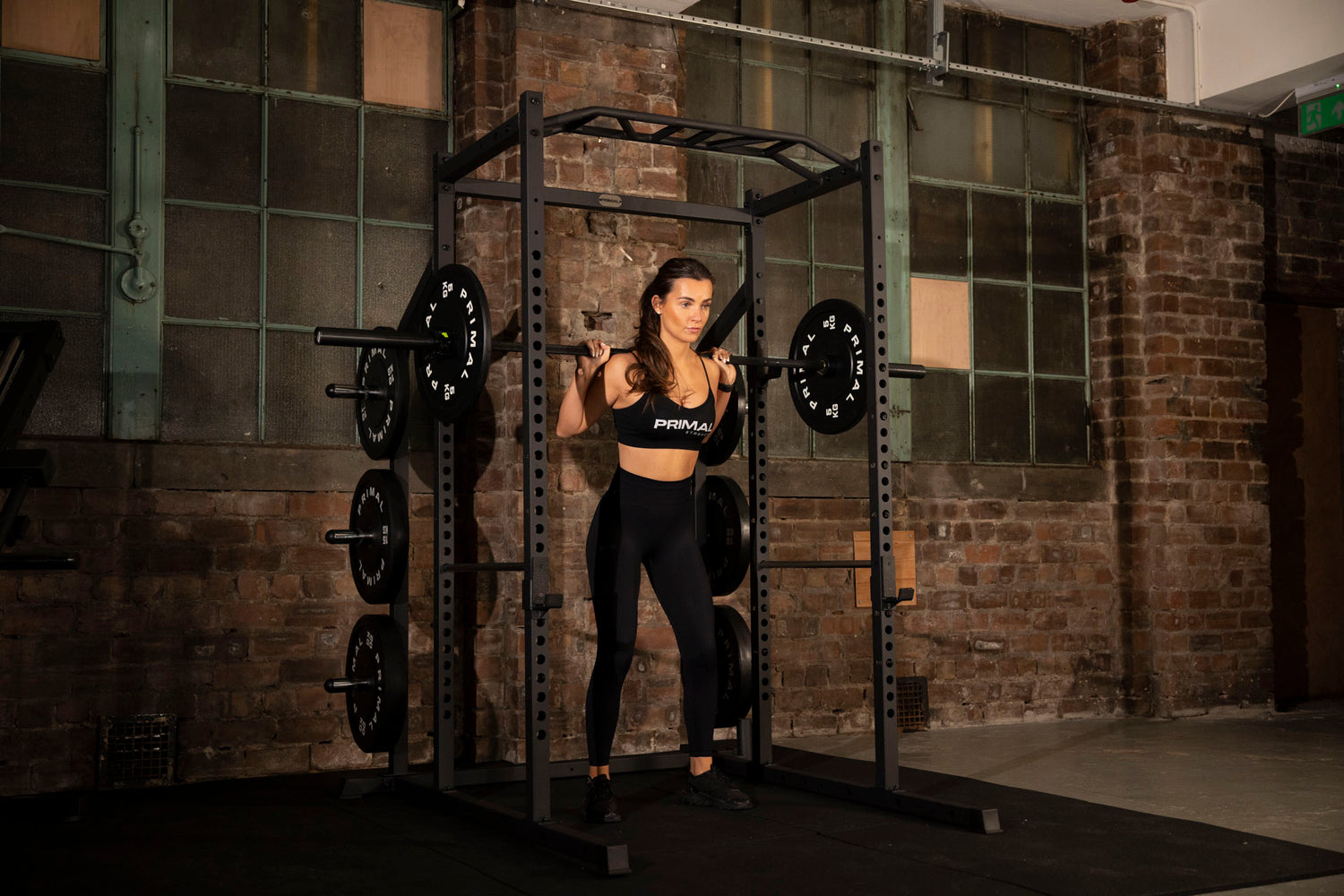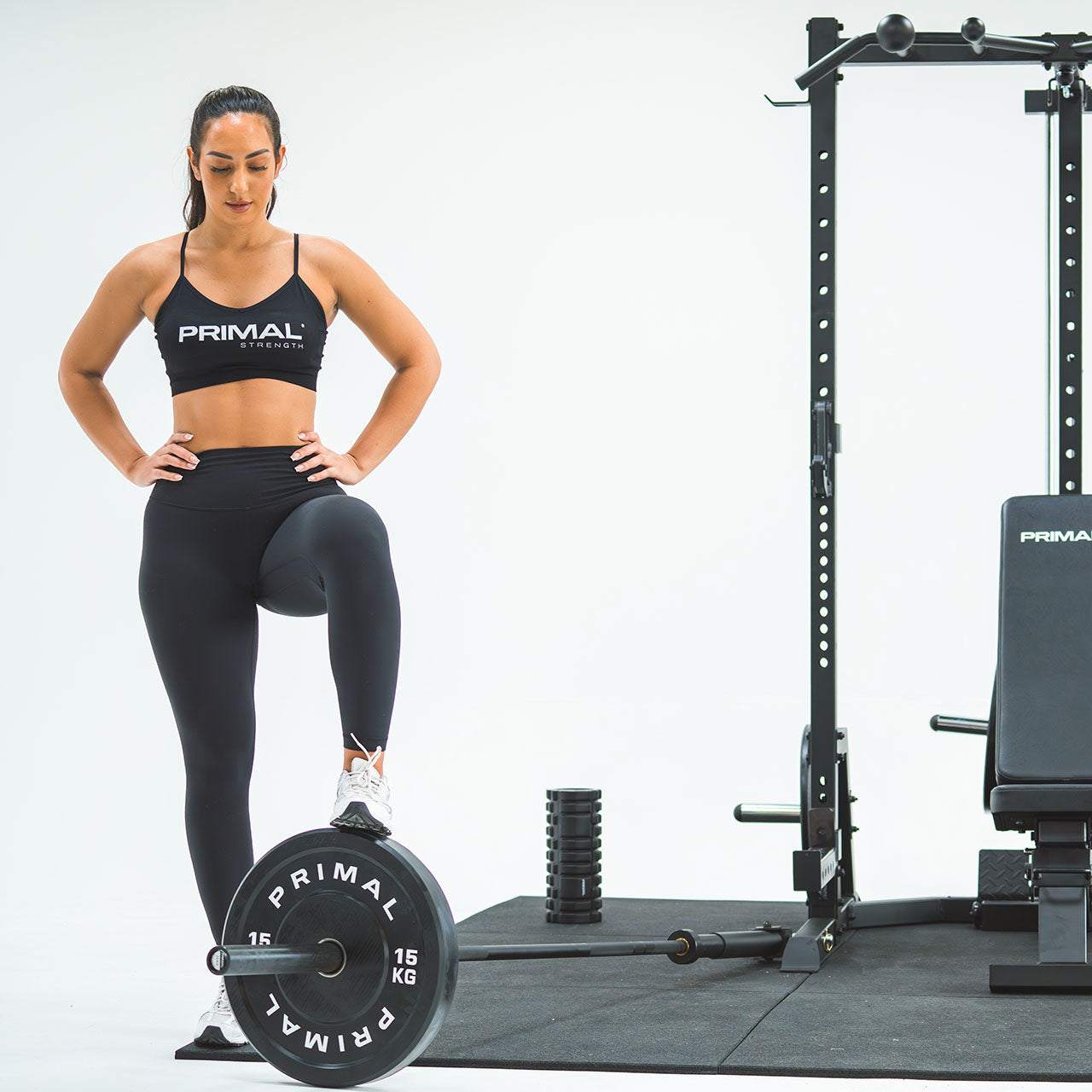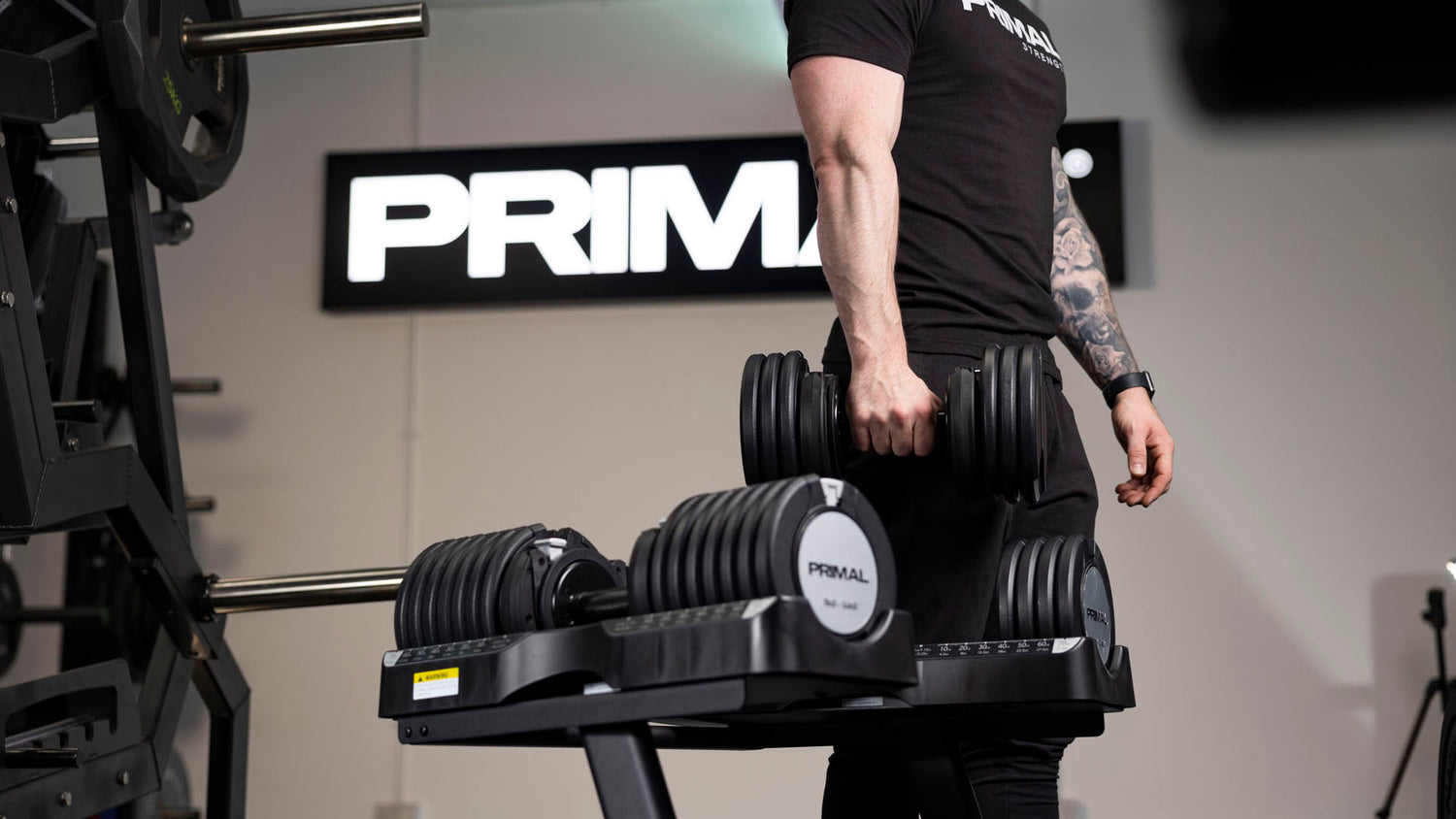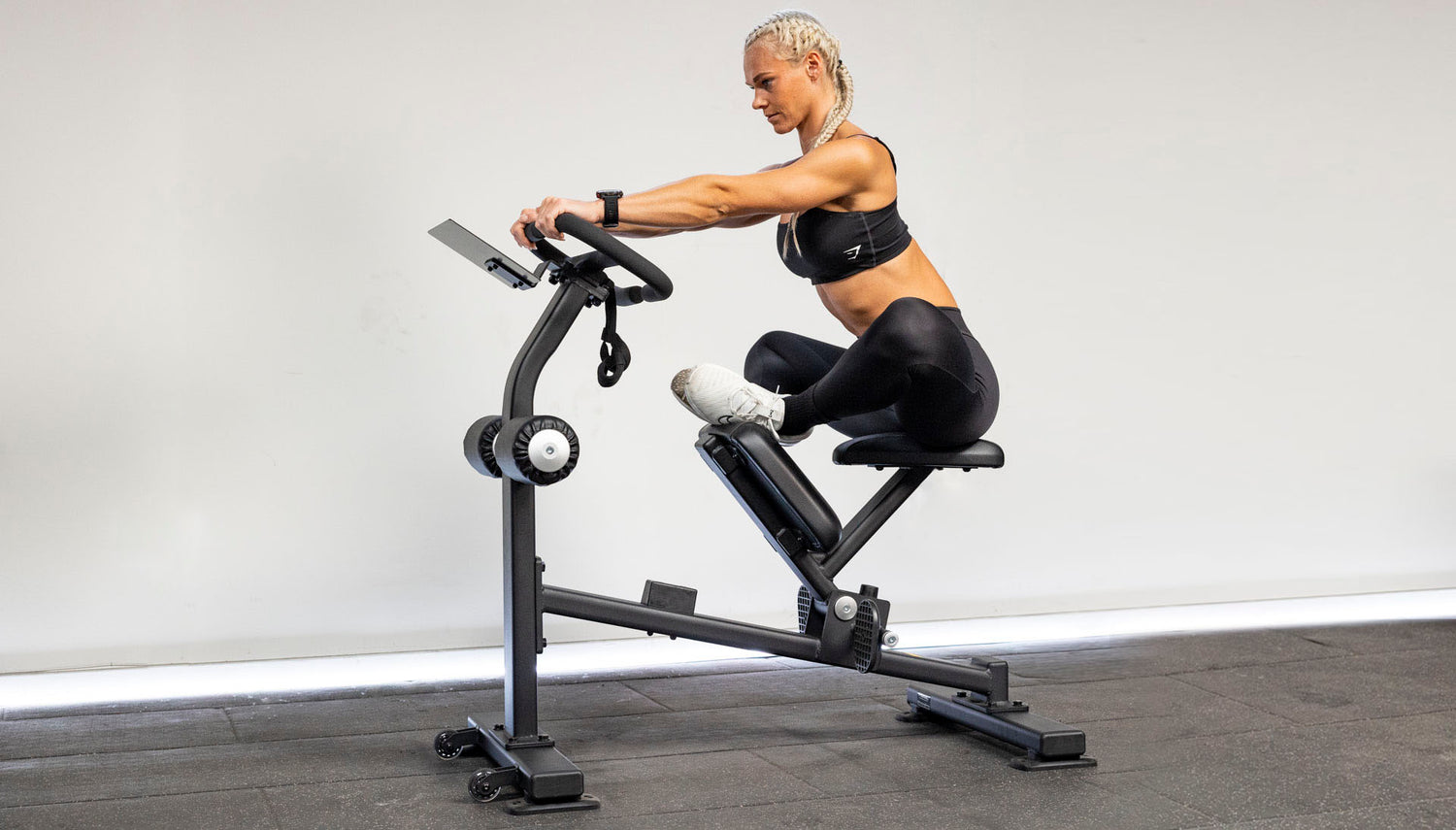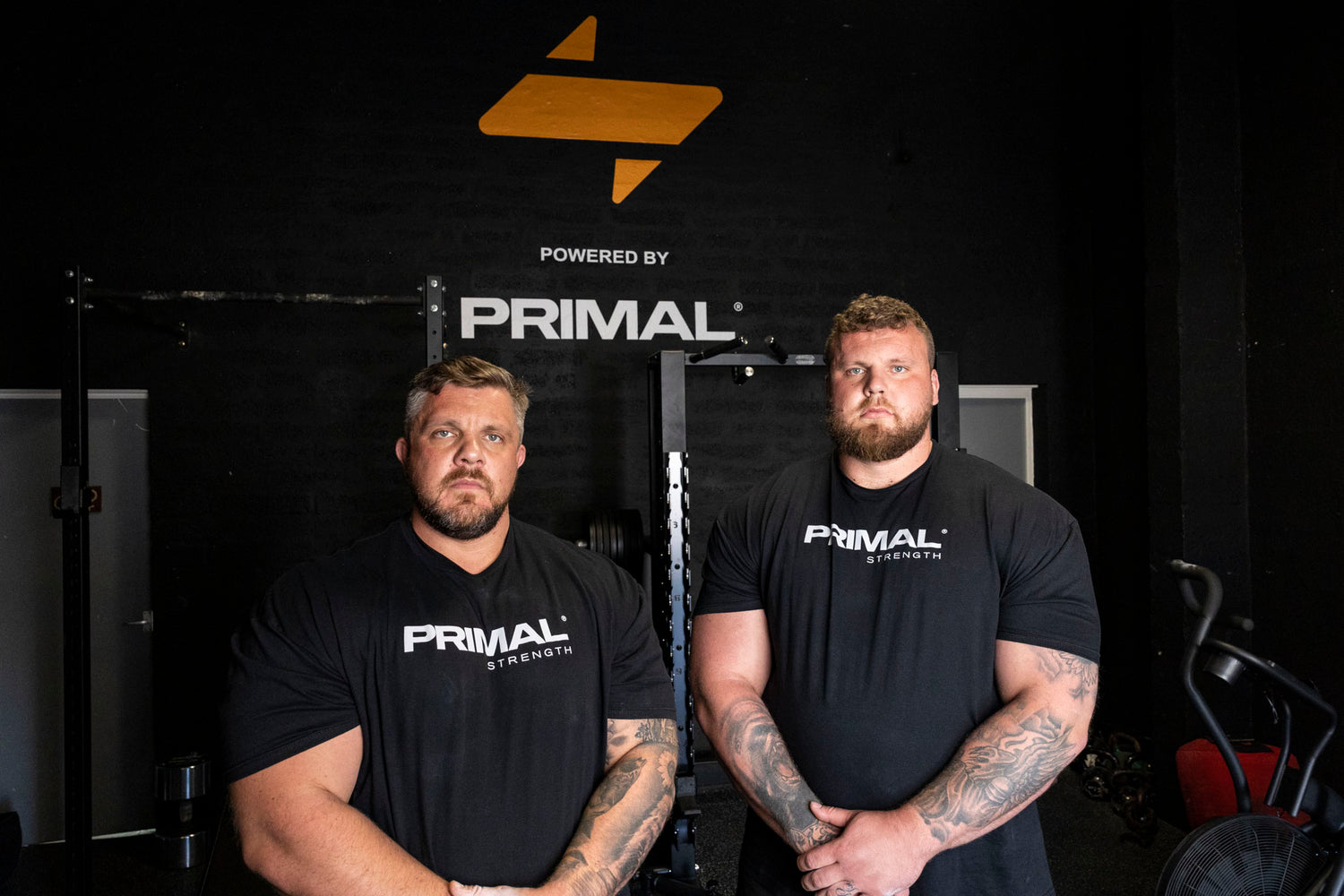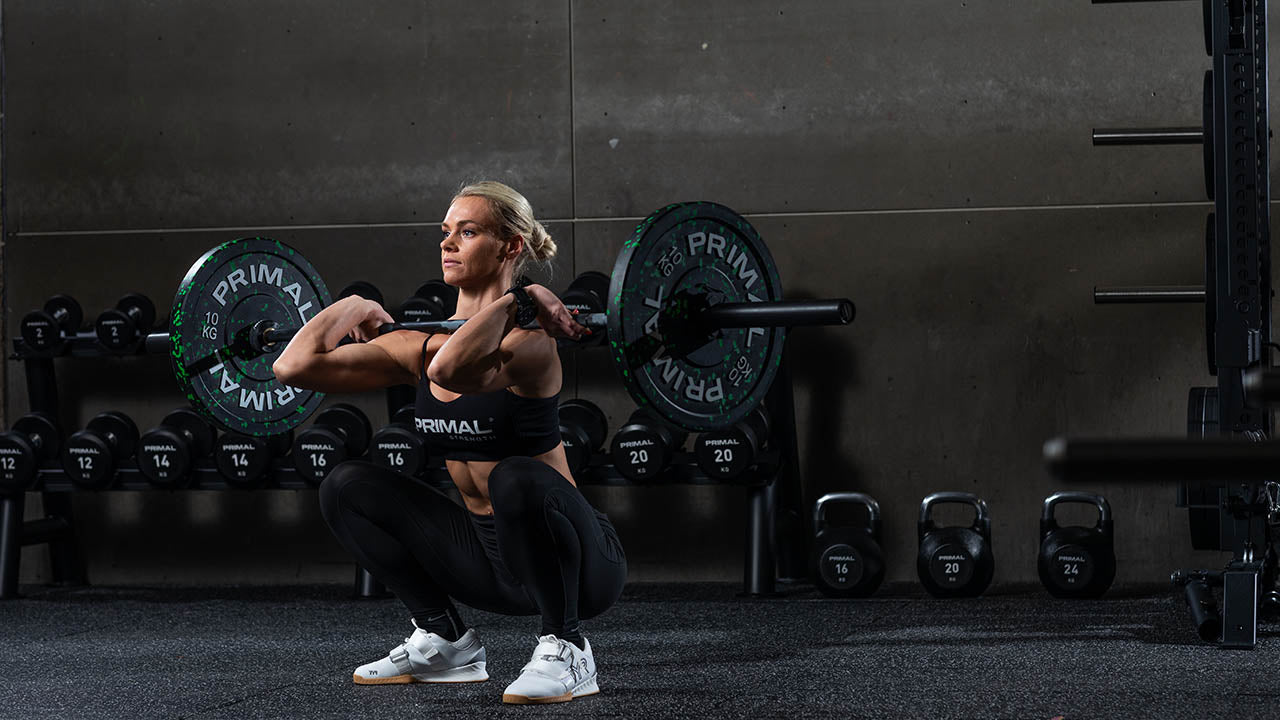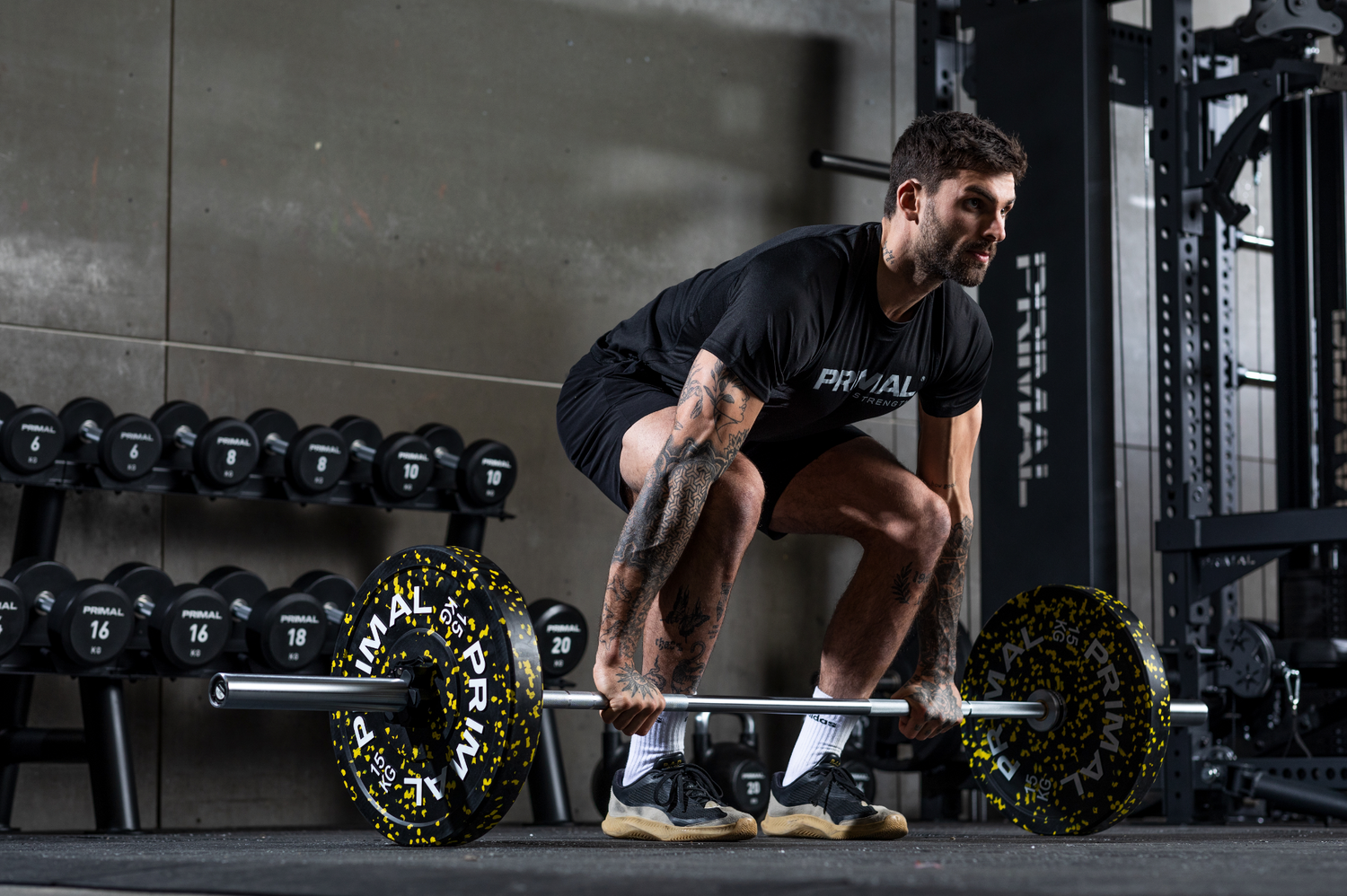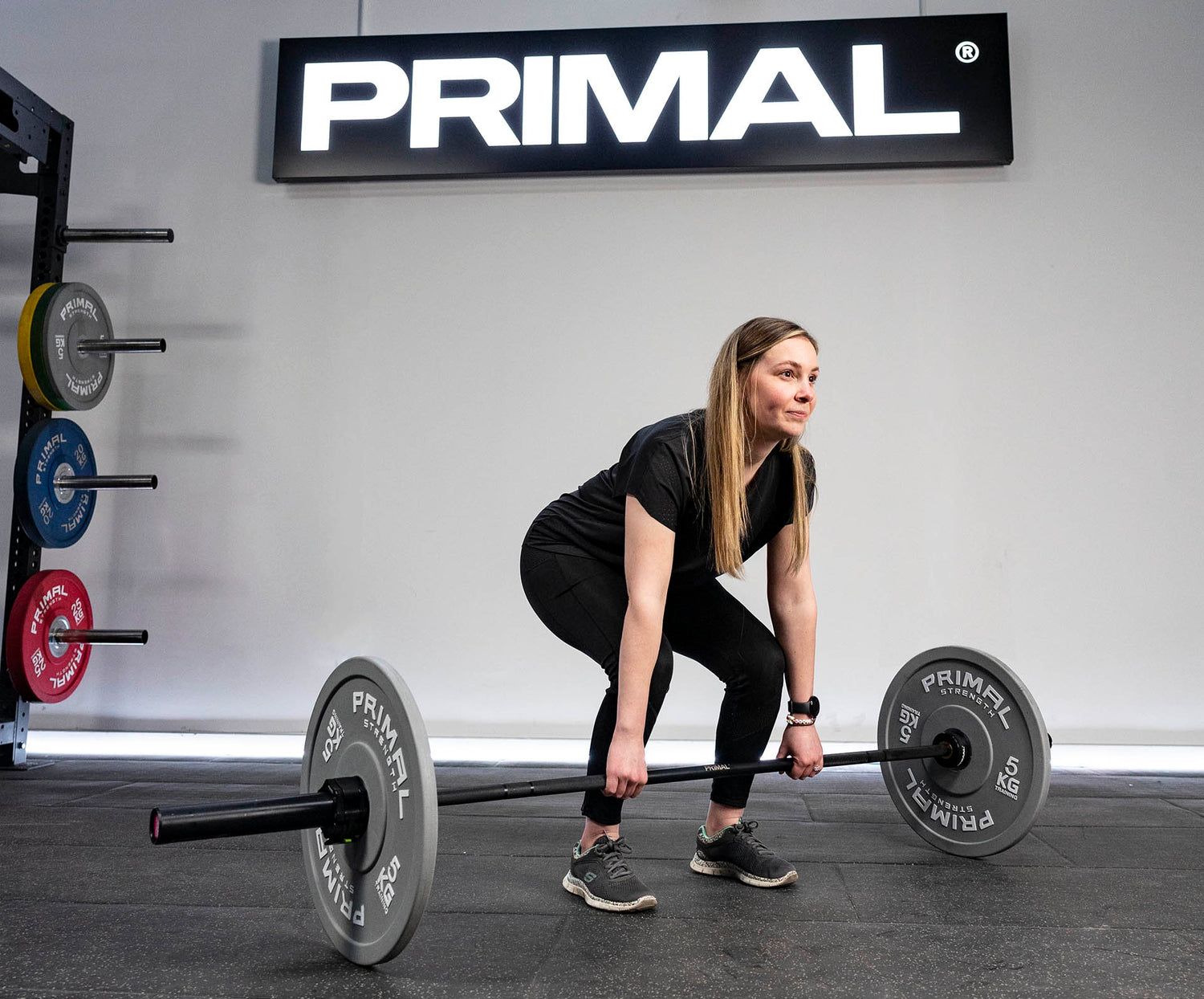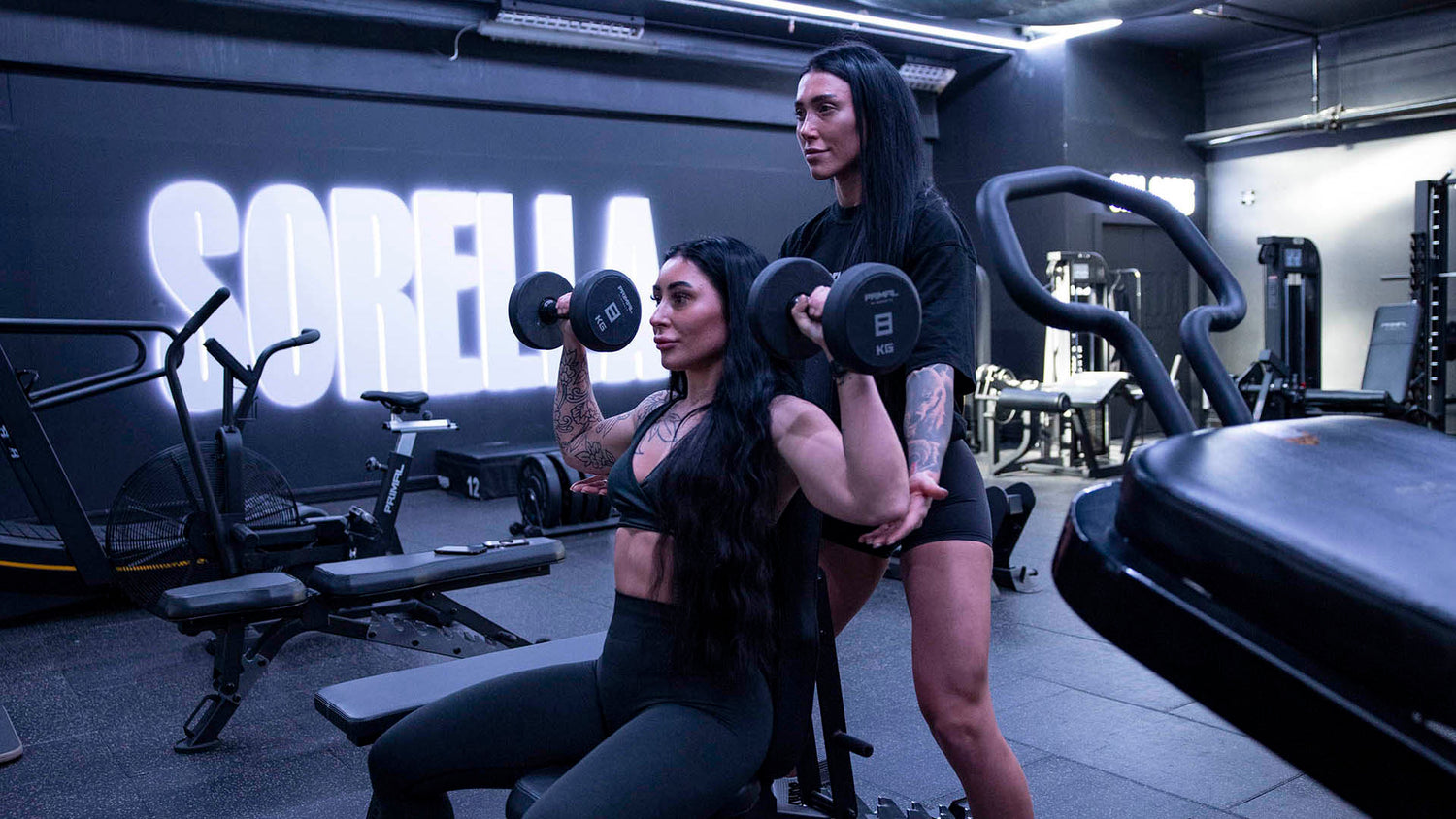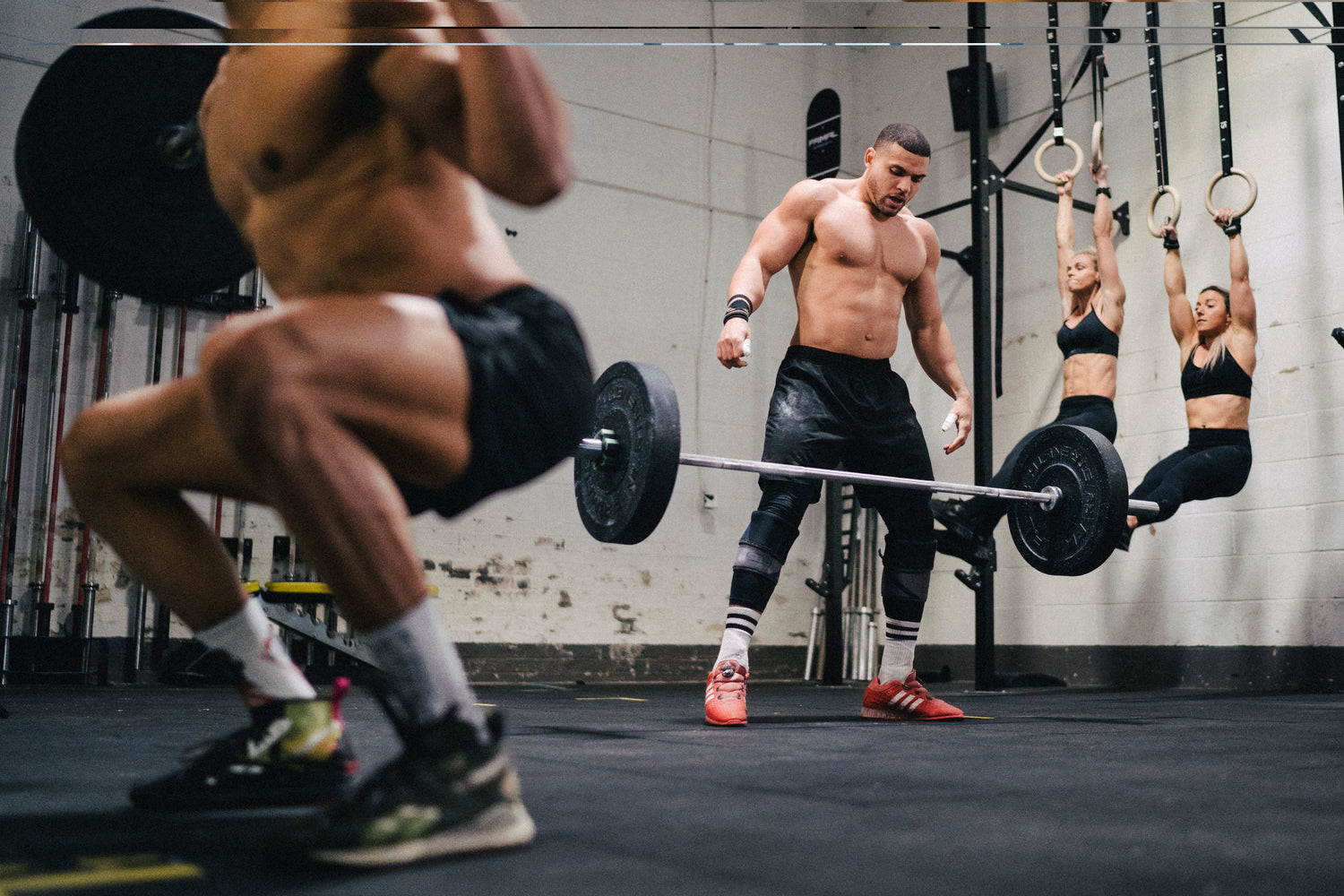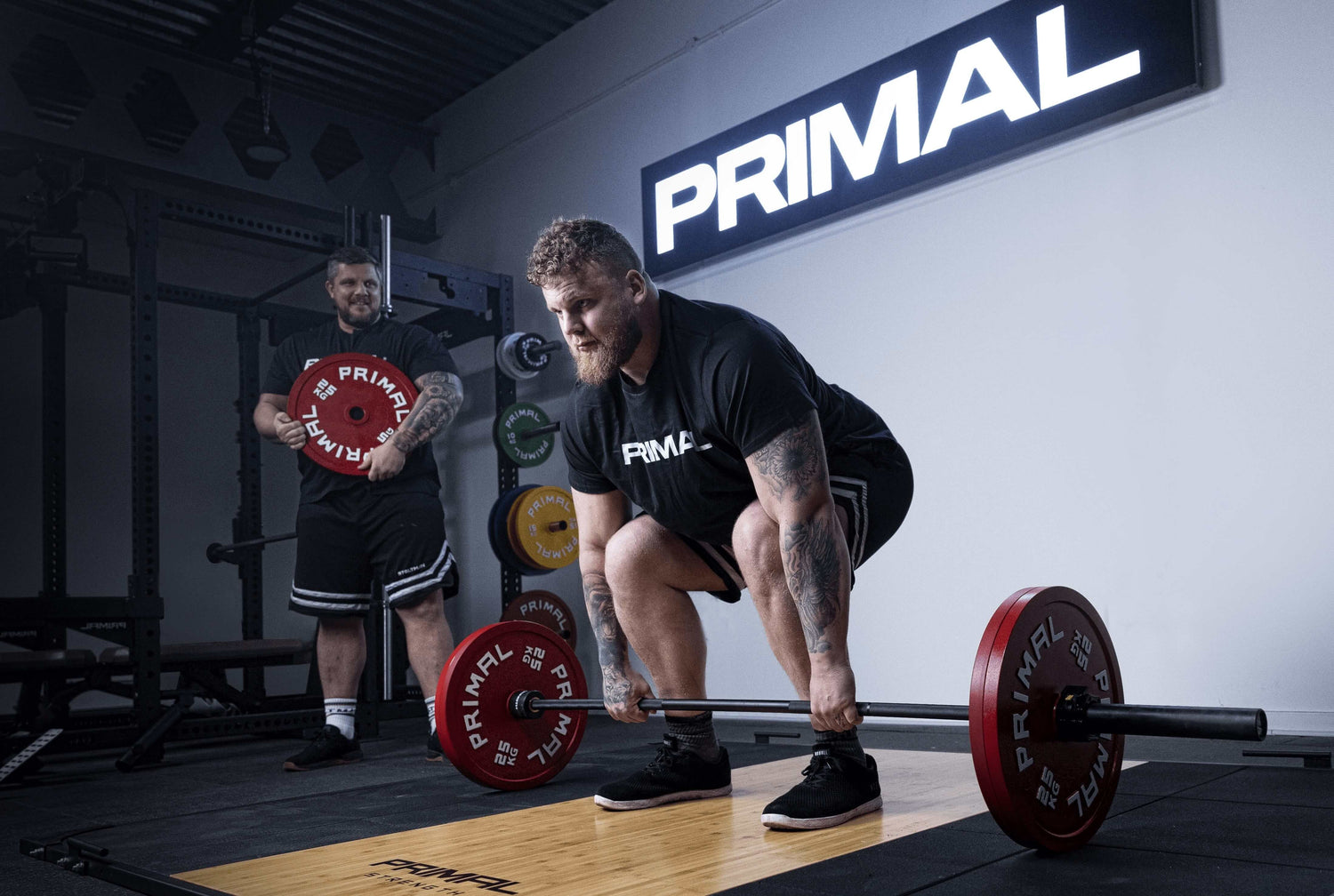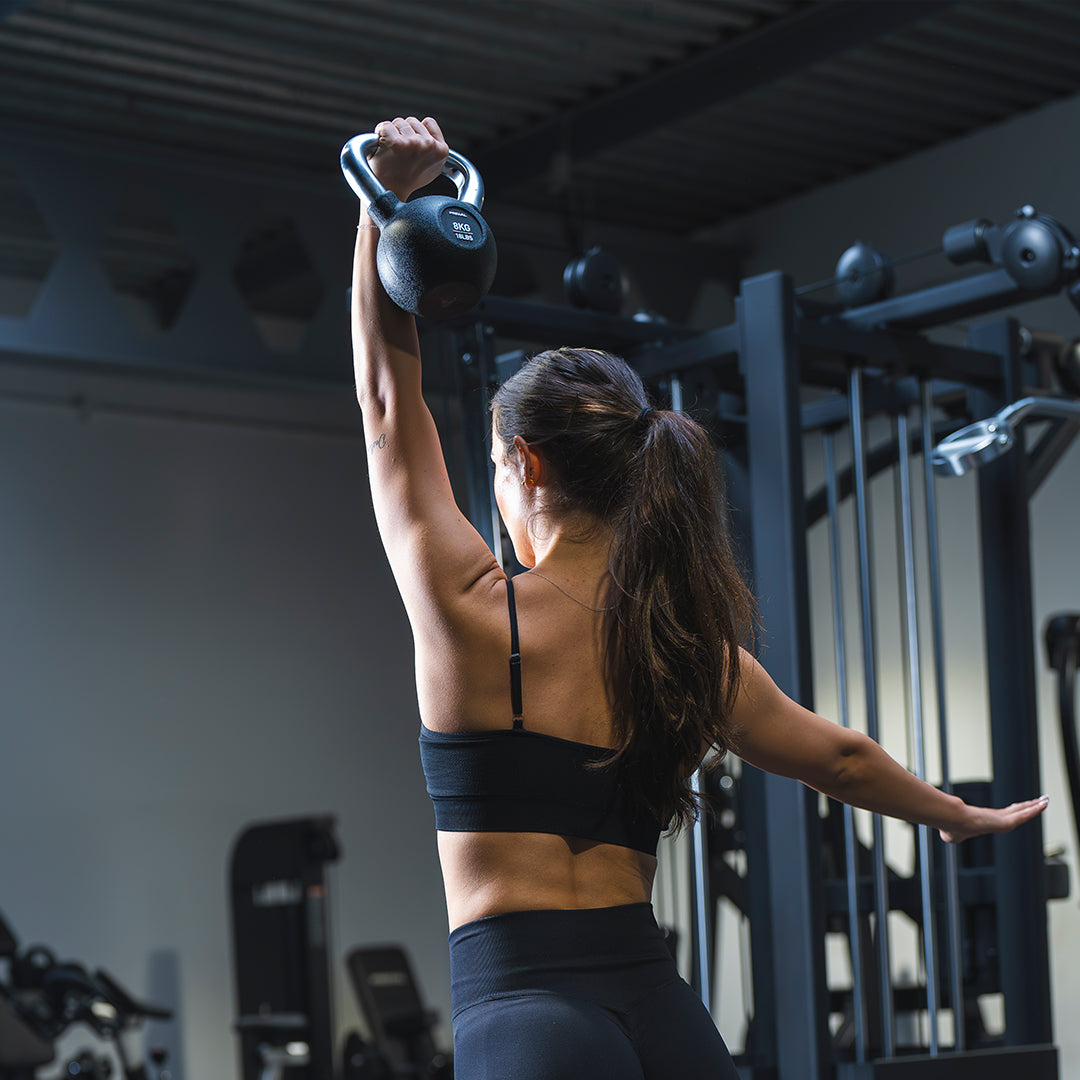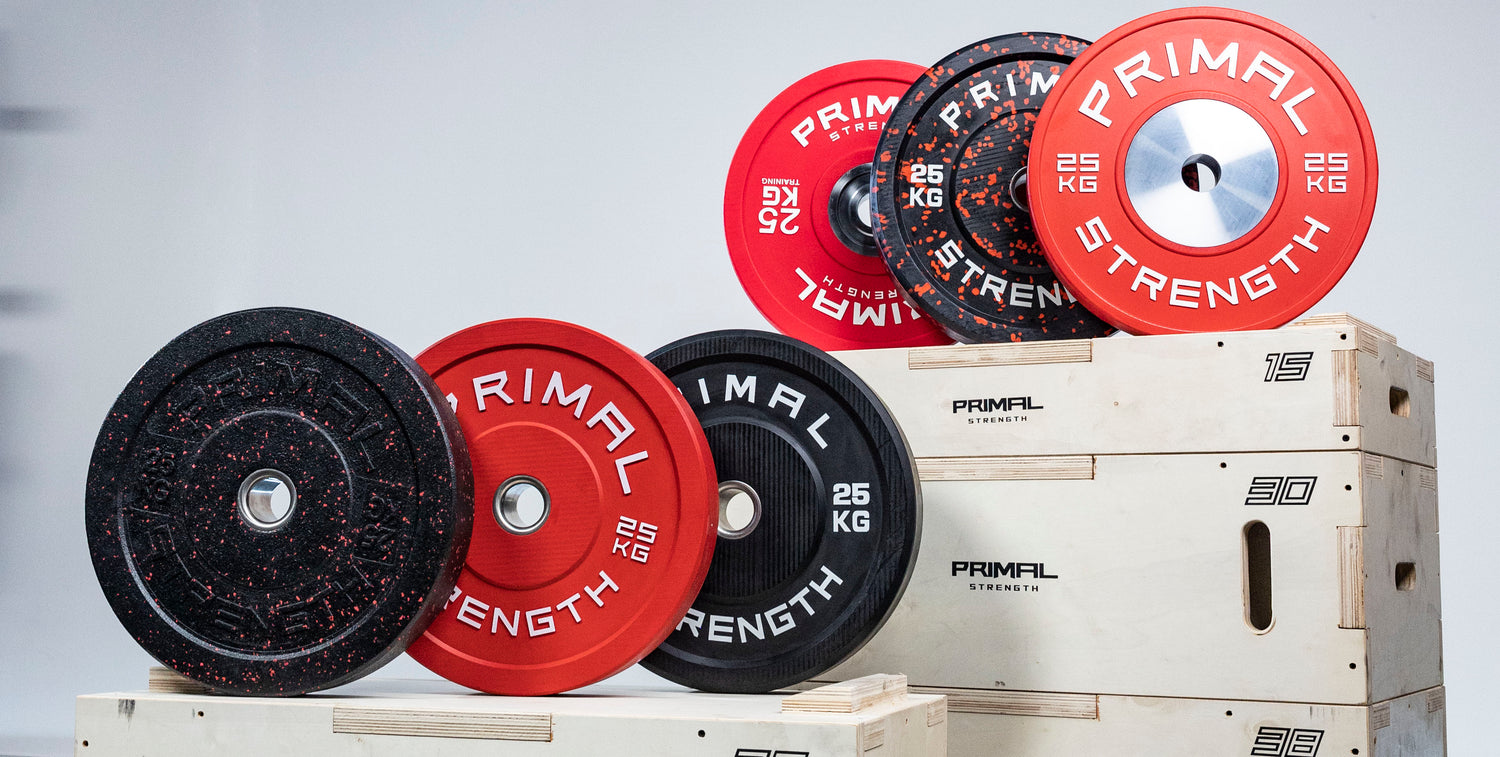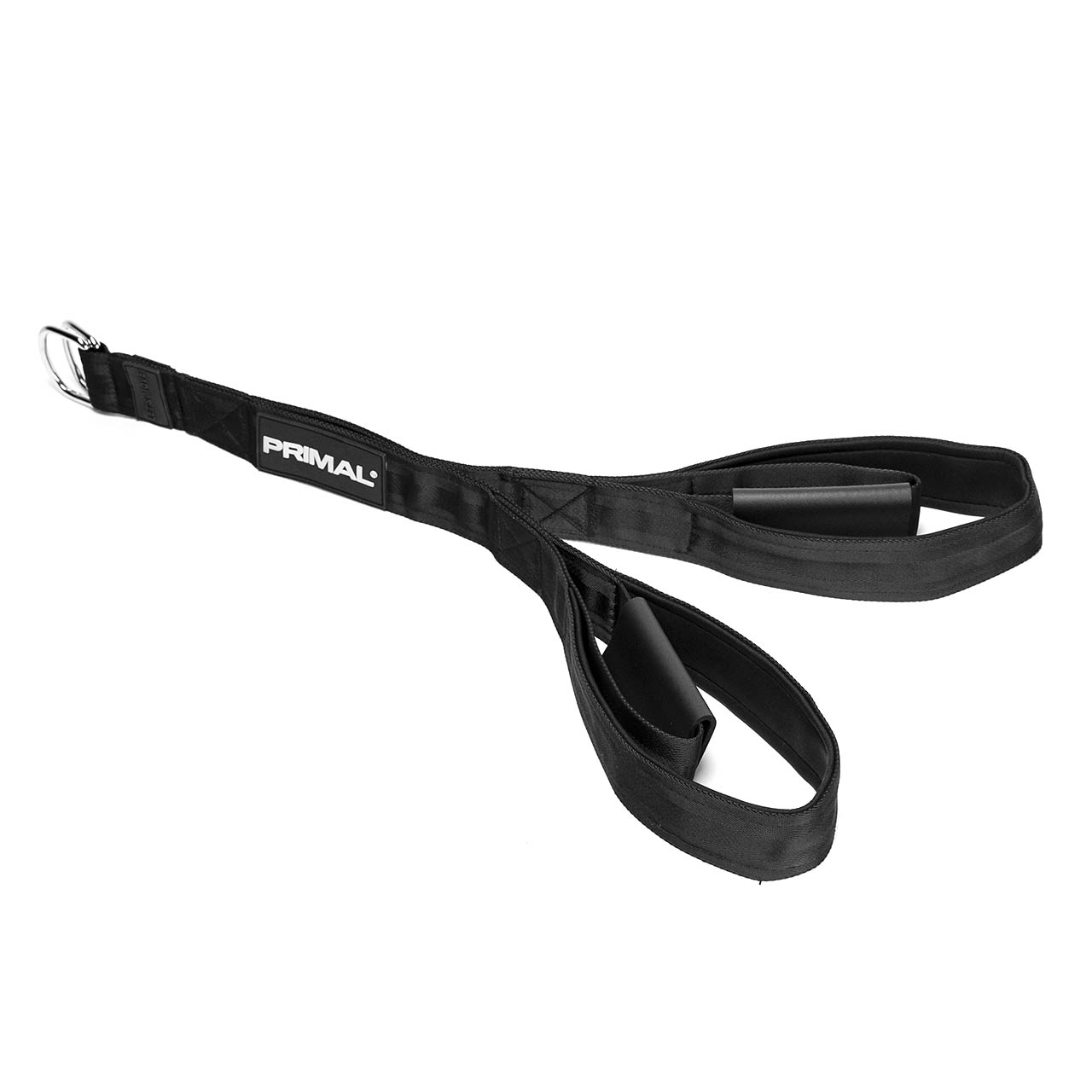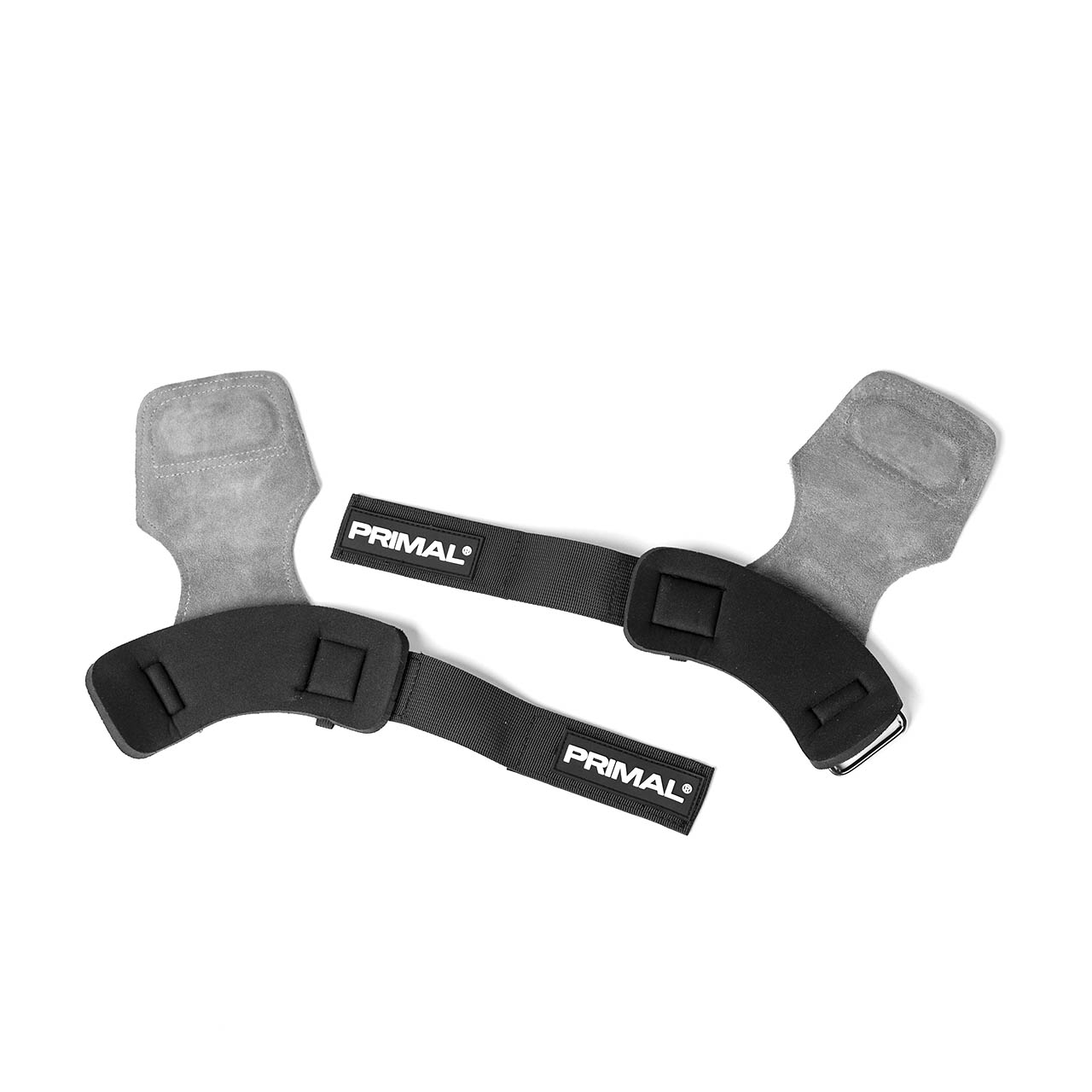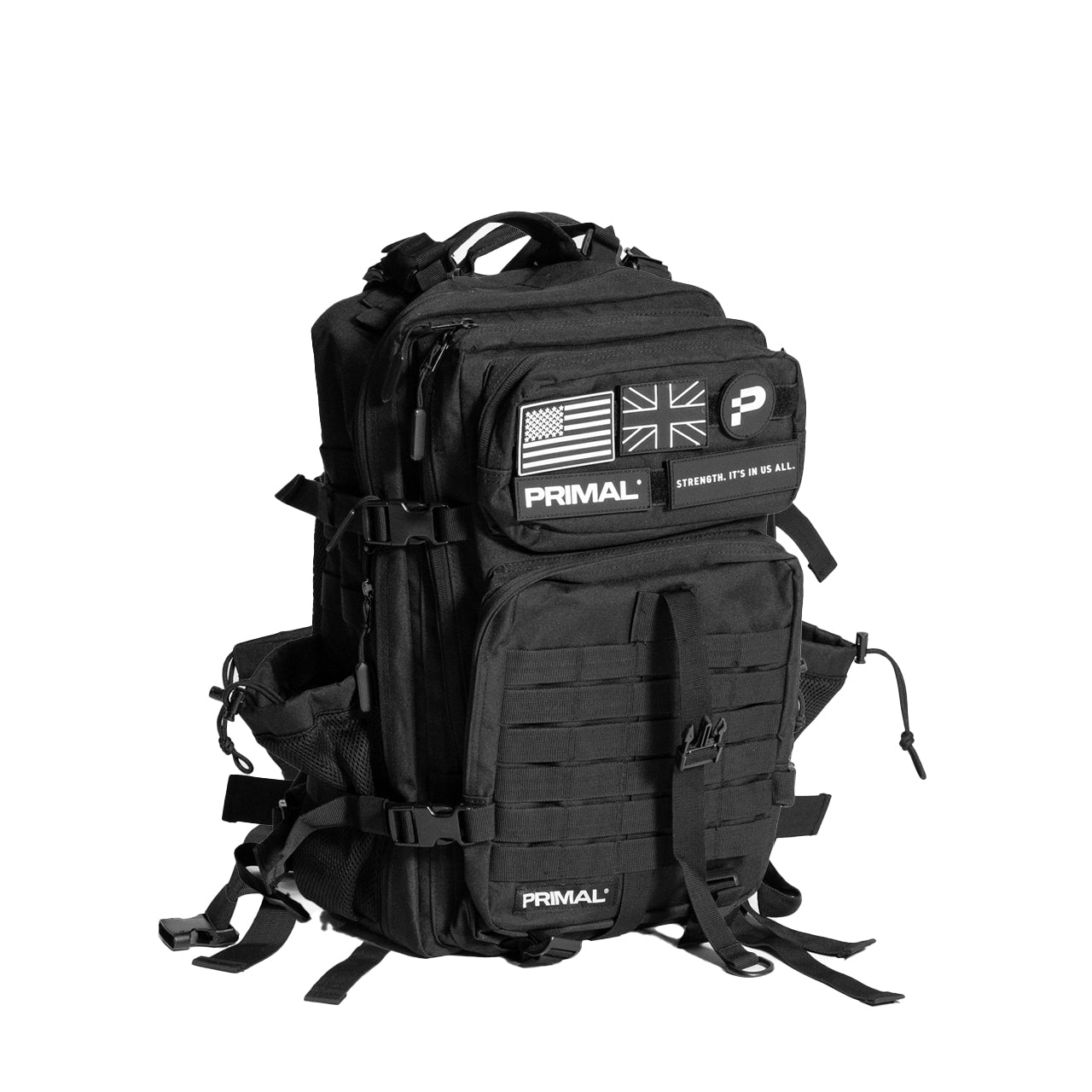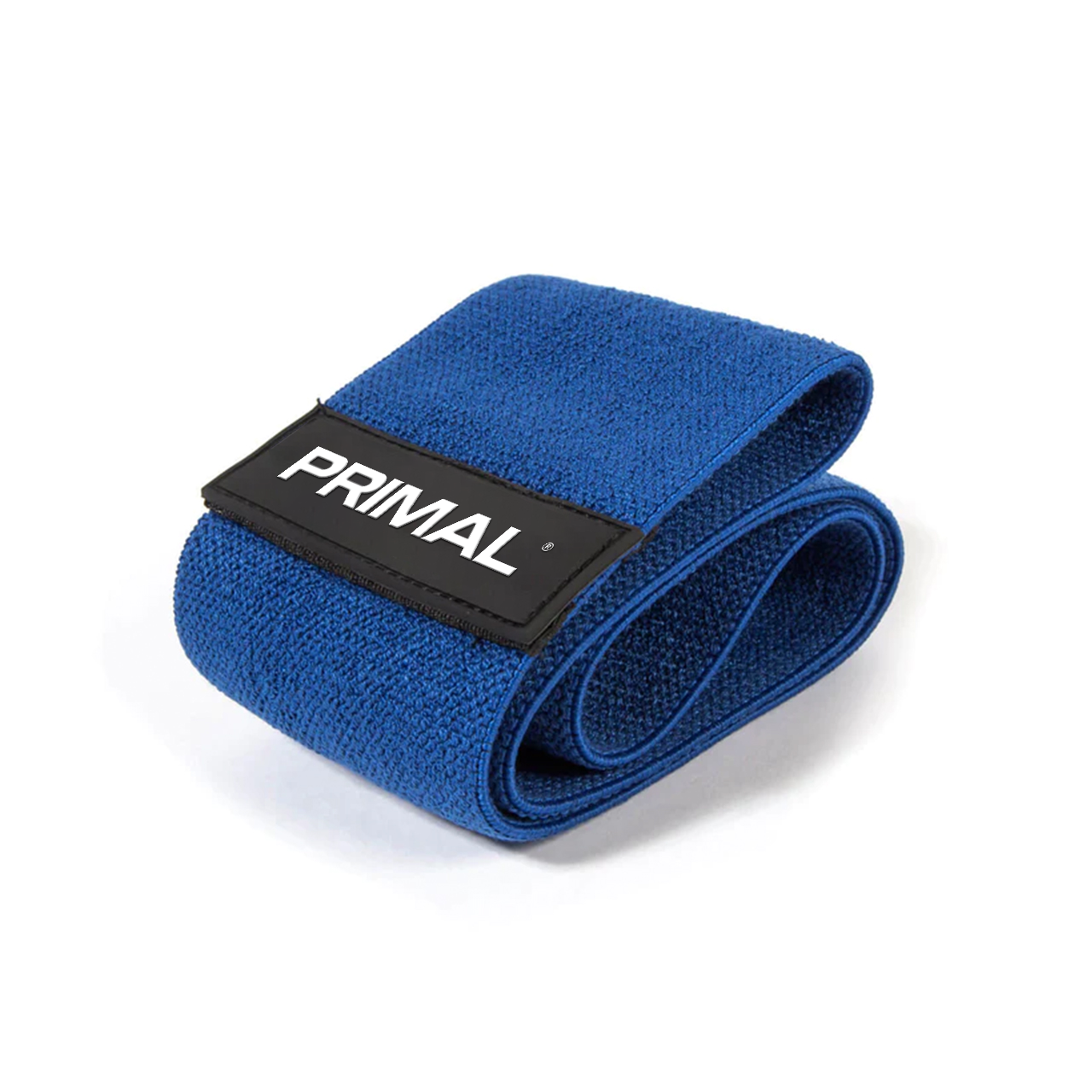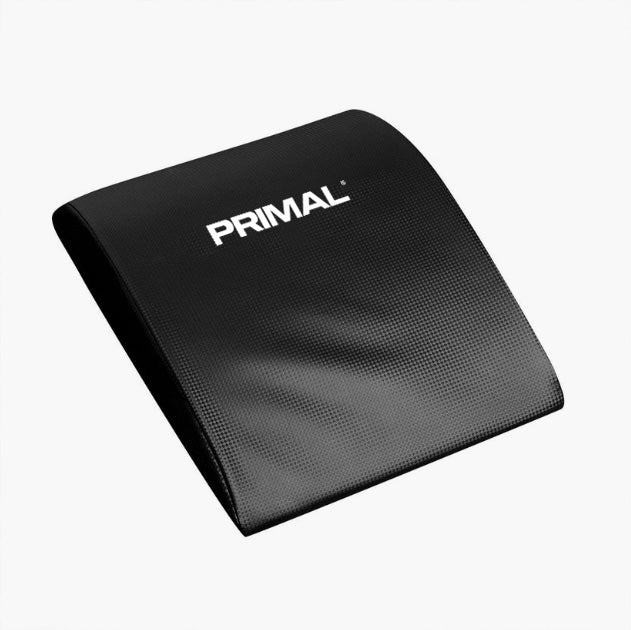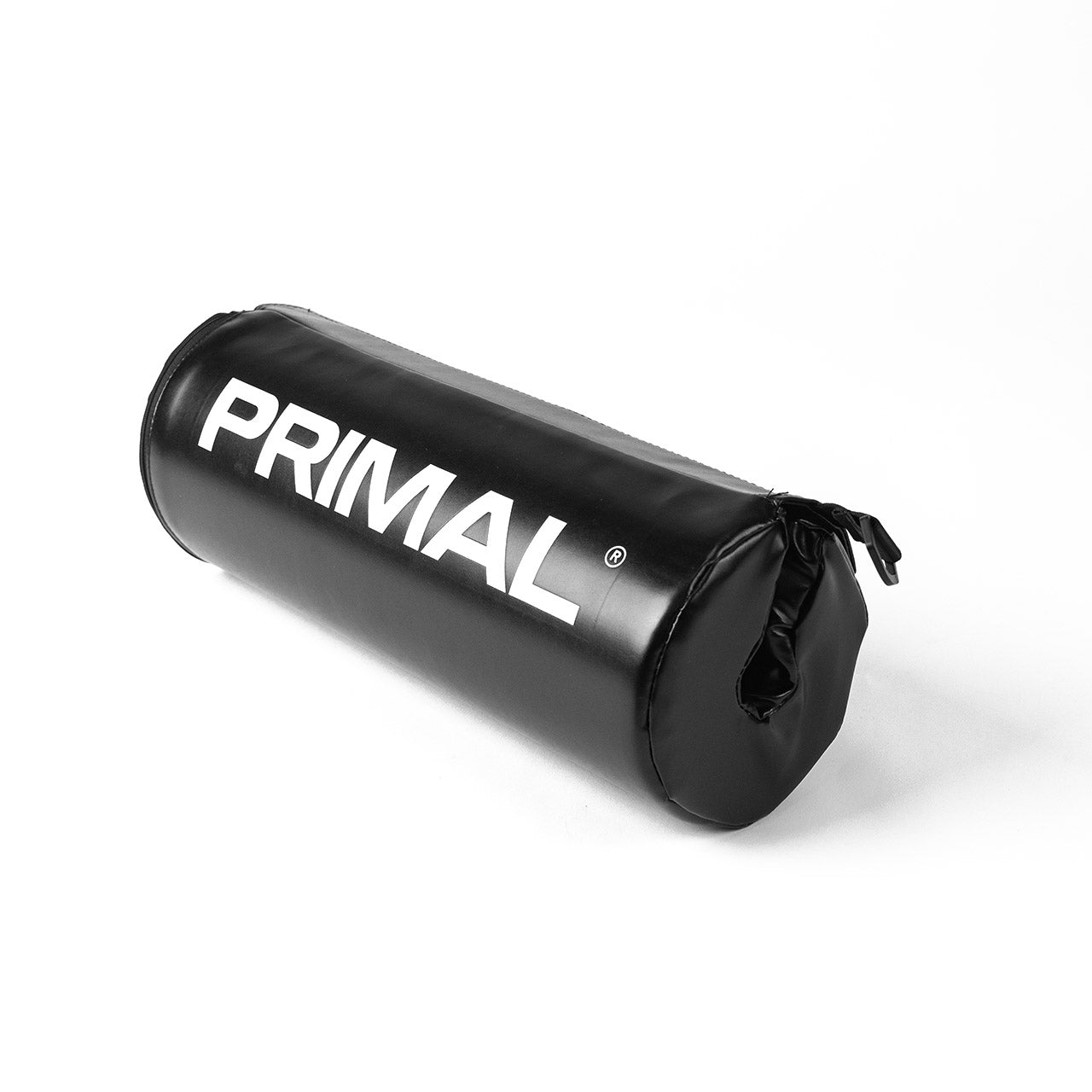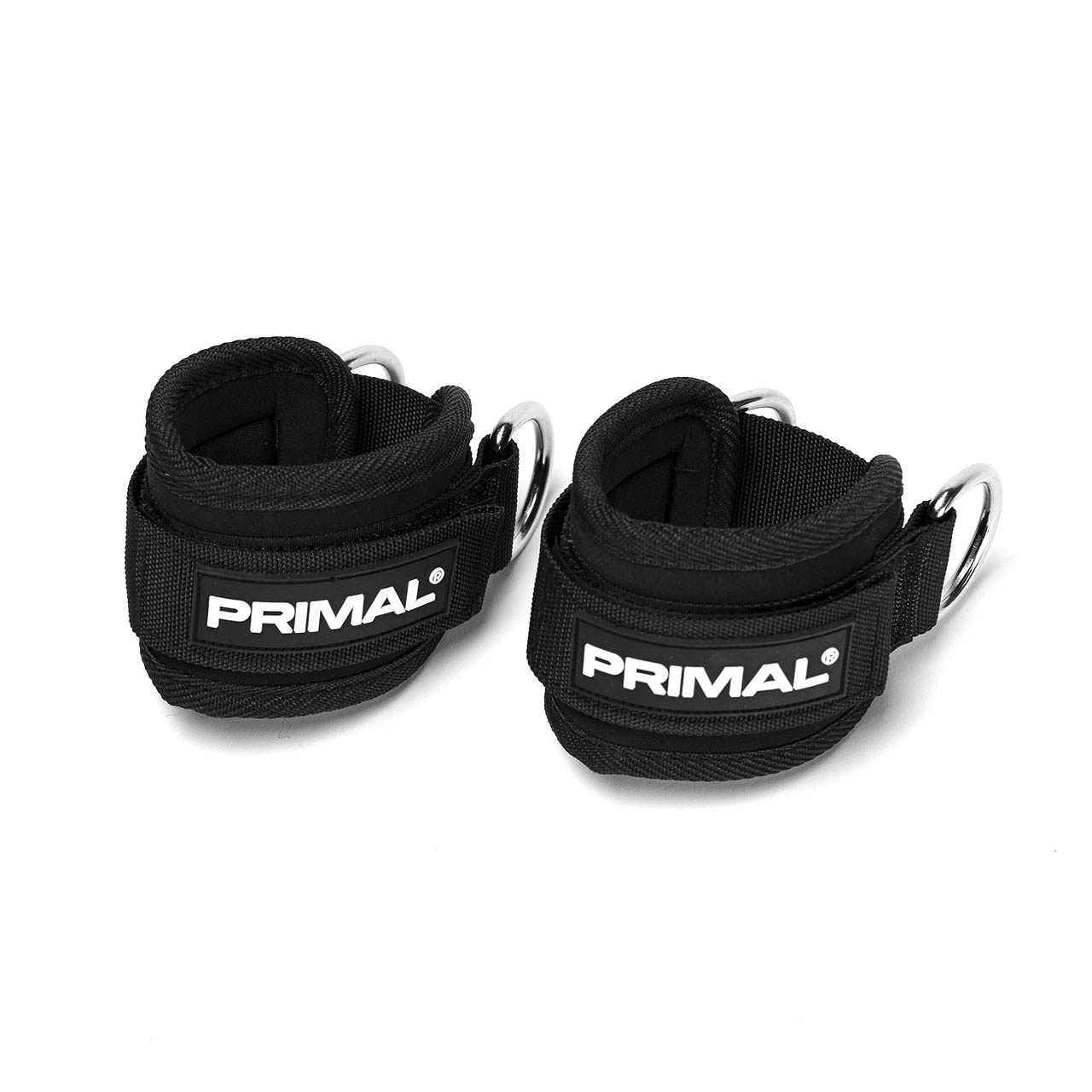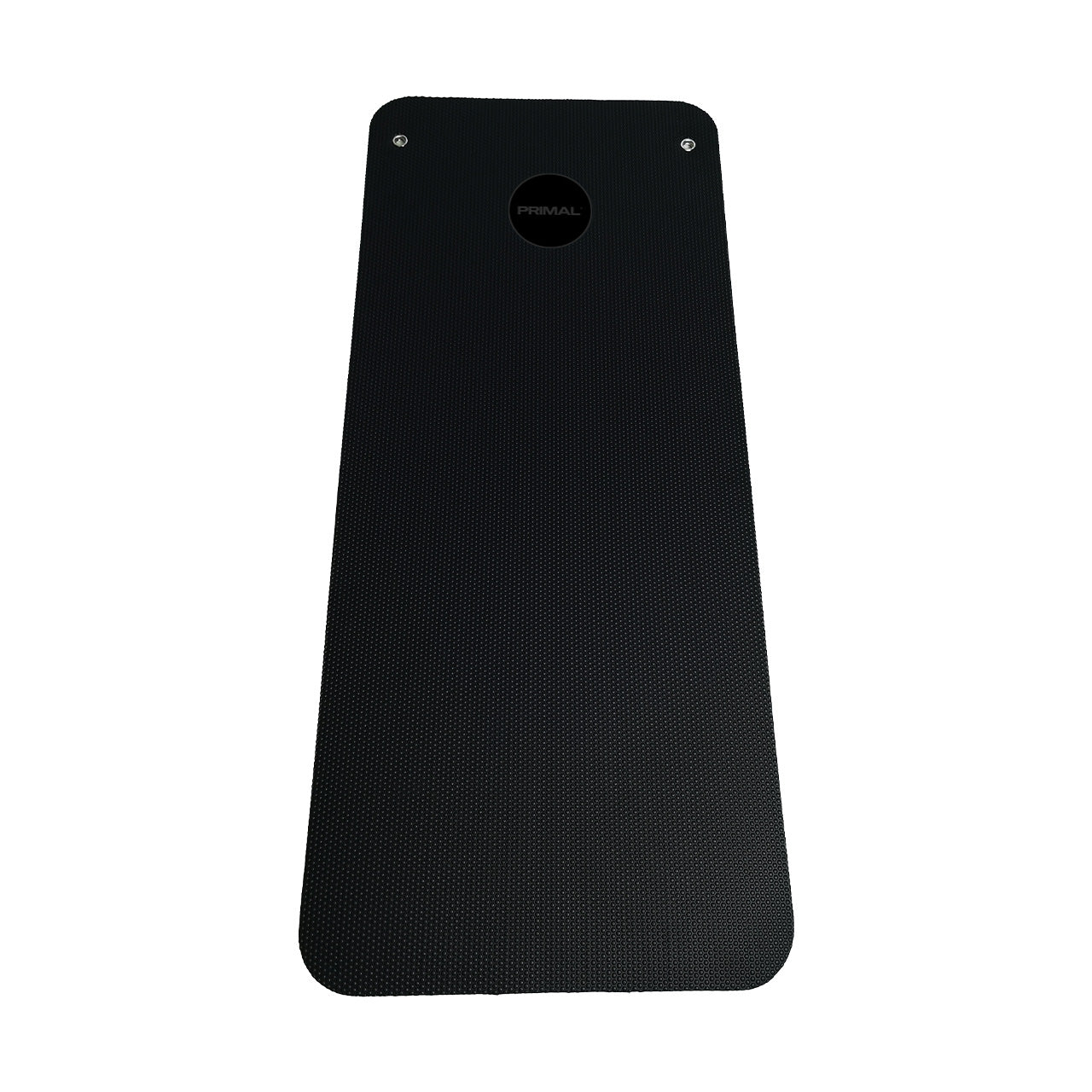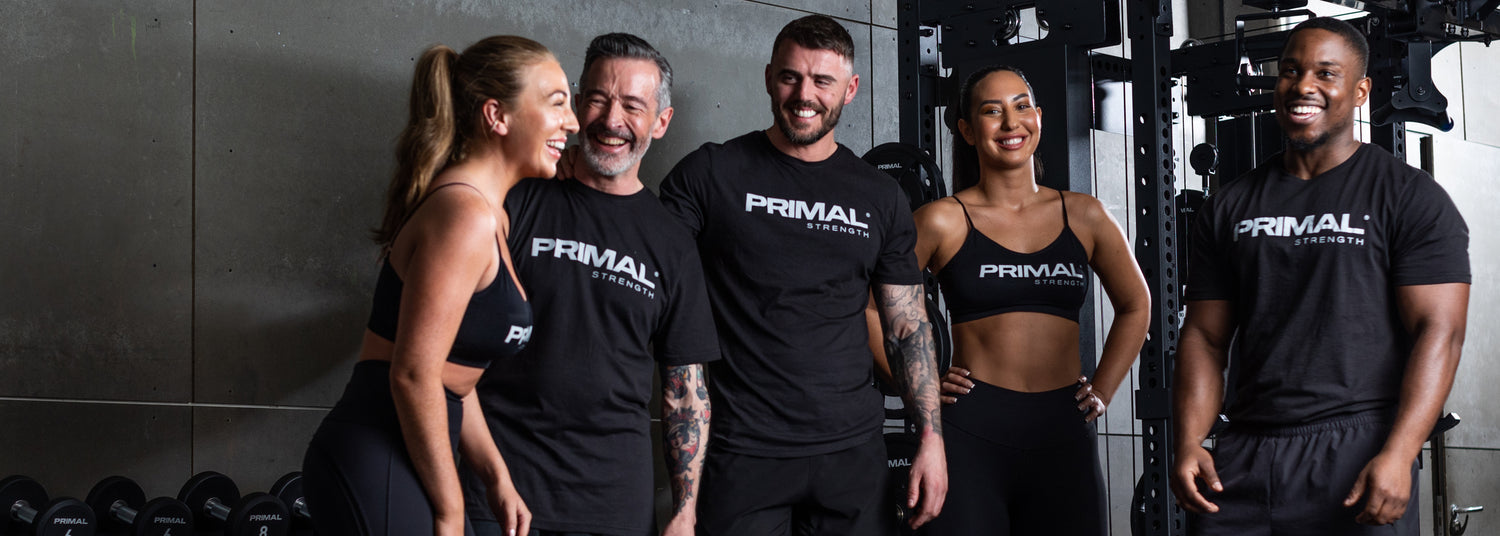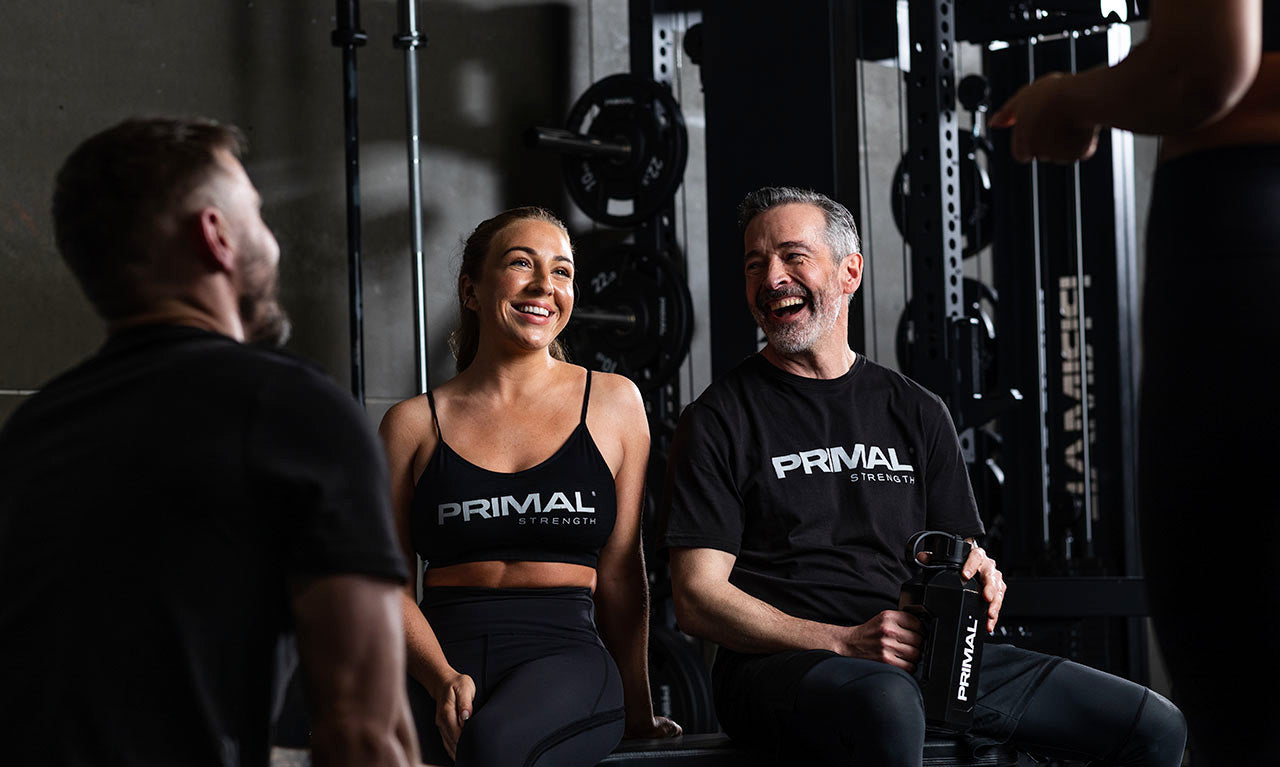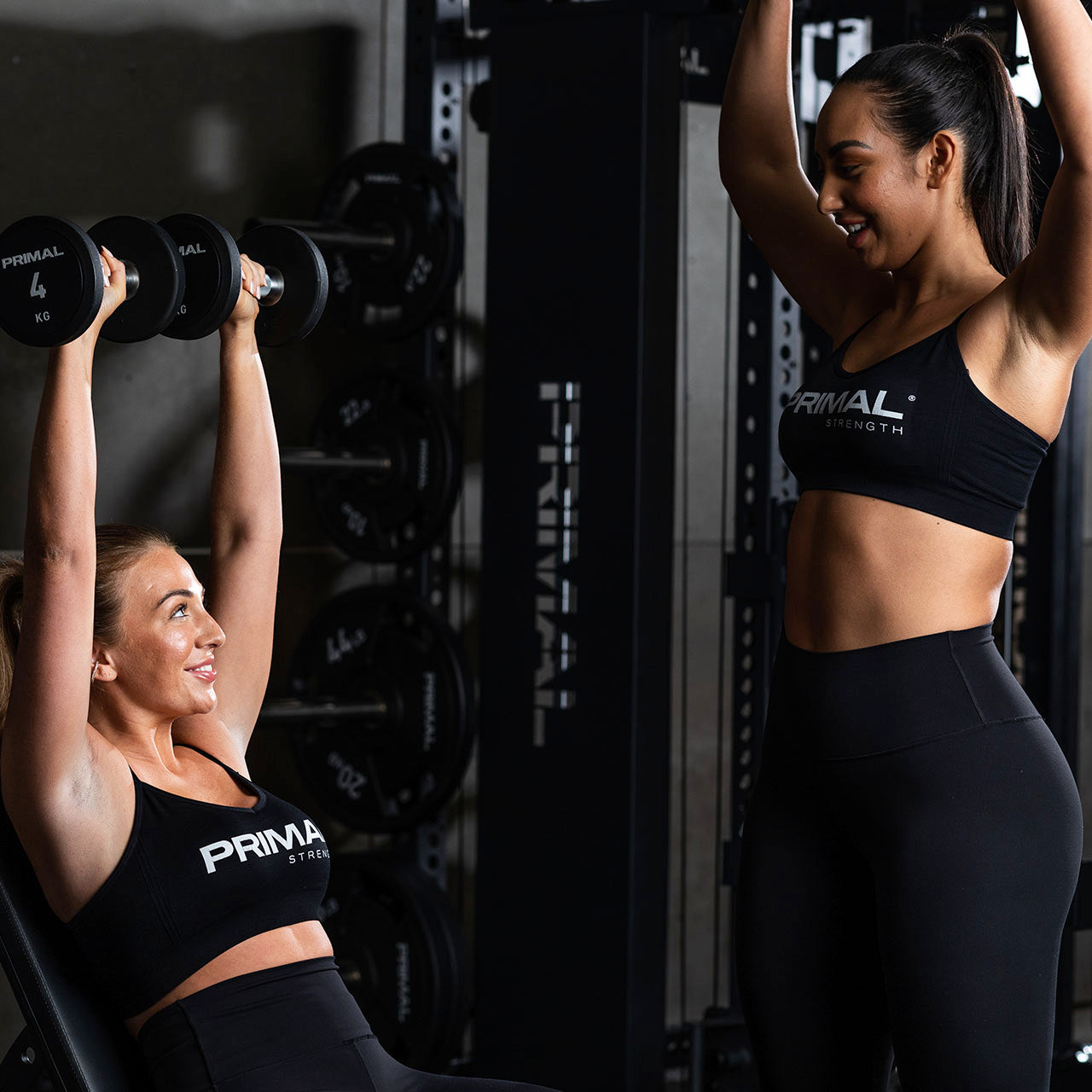
BELT IN: Why the Belt Squat Should Be in Your Gym Workout Routine
If your goal is to develop larger, stronger legs, incorporating the belt squat machine into your leg day workouts could provide distinct advantages over other exercises.
For those fortunate enough to have access to a belt squat in their gym, learn why it should be a staple in your training routine, the benefits it offers, and how to use it effectively.
What is a Belt Squat Machine?
Designed for lower-body training, the belt squat uses resistance to enhance leg strength. Unlike traditional squats, that load weight on the shoulders and spine, this machine distributes weight around the hips via a belt, reducing stress on the lower back.
Benefits of the Belt Squat
Research indicates that the belt squat activates lower extremity muscles similarly to back squats but with reduced activation of trunk muscles and lower back stress (Josheph et al., 2020). This makes it a valuable tool for gaining strength and muscle mass without compromising spinal health.
In addition to these advantages, here are more reasons to consider integrating the belt squat machine into your routine:
-
Lower Injury Risk: Decreases strain on the spine and lower back, making it safer for those with back issues.
- Ease of Use: Easier to learn and execute compared to traditional squats, suitable for beginners.
- Enhanced Stability: Provides greater stability due to a lower centre of mass.
- Reduced Shoulder and Spinal Load: Weight is supported around the hips, minimising strain on shoulders and spine.
- Balanced Muscle Engagement: Promotes a balanced hip abductor-to-adductor engagement ratio, crucial for overall lower body development.
- Suitable for High-Volume Training: Enables safer training to failure, ideal for high-volume workouts.
How to Perform the Belt Squat Exercise
Using the belt squat may seem daunting initially, but with the right technique, it's straightforward. Before starting, ensure you can perform a bodyweight squat with proper form.
Here’s how to use the belt squat machine correctly:
- Setup: Adjust the support posts and load the machine with appropriate weight plates.
- Foot Position: Stand with feet shoulder-width apart in your natural squat stance.
- Attach the Belt: Squat slightly to attach the belt to the machine, then stand up to create tension.
- Adjust Support Bar: Push the support bar away to allow for a full range of motion without obstruction.
- Execute the Squat: Keep your torso upright and squat down until hips are parallel or below knees. Maintain stability by resting hands on the support bar or crossing arms.
- Return to Starting Position: Explode back up to the initial standing position.
Whether you’re recovering from an injury, seeking variety in your workout routine, or aiming to increase leg muscle growth, the belt squat machine offers valuable options for strength training. Consider integrating this exercise into your leg day routine to help you achieve your goals.
Discover the Primal Pro Series Belt Squat Machine
Joseph L, Reilly J, Sweezey K, Waugh R, Carlson LA, Lawrence MA. Activity of Trunk and Lower Extremity Musculature: Comparison Between Parallel Back Squats and Belt Squats. J Hum Kinet. 2020 Mar 31;72:223-228. doi: 10.2478/hukin-2019-0126. PMID: 32269663; PMCID: PMC7126258.



